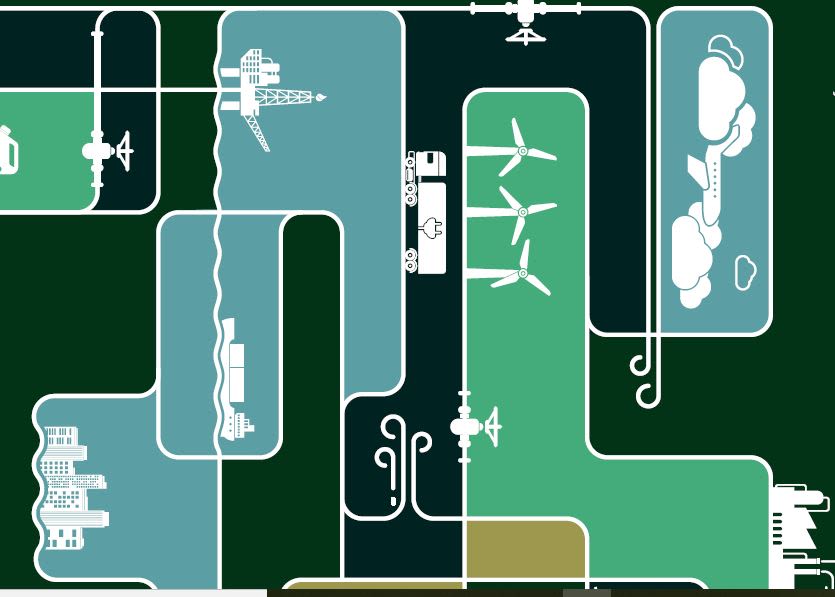On Net Zero
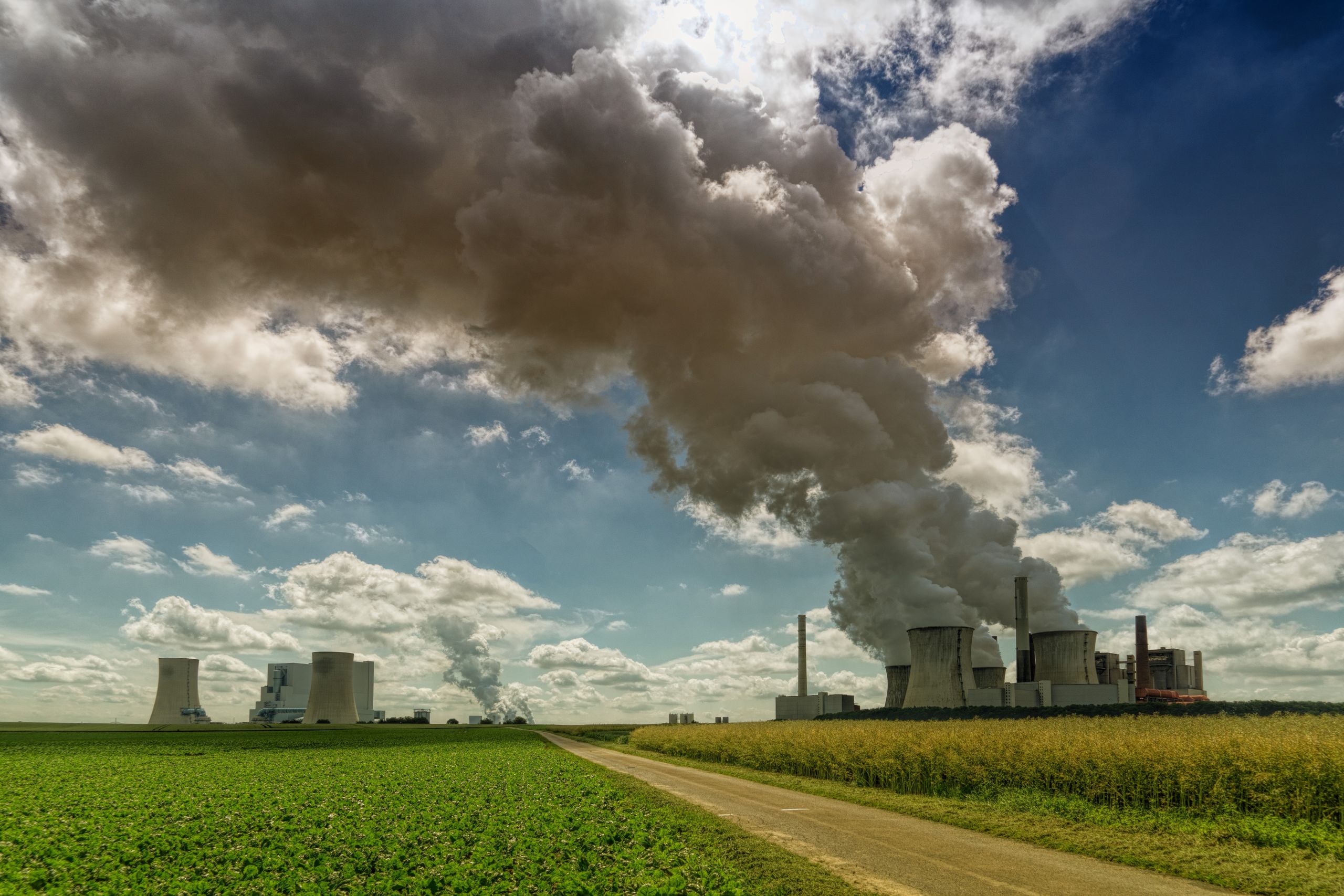
Foreword
Lord Deben
COVID-19 update
The COVID-19 pandemic has changed our lives almost beyond recognition. Its effects are profound – its implications many. Last June, in our annual report to Parliament, we urged Government to act on climate. “Now, do it” we urged. Twelve months on, that remains our emphatic message, but with a new determination: we must seize the opportunity to make the COVID-19 recovery a defining moment in tackling the climate crisis.
We must take urgent steps to frame a recovery from COVID-19 that both accelerates the transition to net zero and strengthens our resilience to the impacts of climate change, whilst driving new economic activity. In May, we set out six key principles for a resilient recovery and we’re pleased to see these principles guiding the growing momentum towards achieving that. It’s clear that steps taken in this Parliament will define the pathway for many years to come.
Strong domestic climate action will provide the basis for the UK Government’s vital international leadership in the coming year as it takes on the presidency of the COP26 climate summit in 2021. The UK’s international credibility is on the line. The much-anticipated climate conference will be a major test of global cooperation as the world seeks to recover from the havoc COVID-19 has wrought. With strong climate action taking place here at home, the UK will be well placed to guide that global response.
The priorities ahead are clear. The most effective and decisive action to secure our recovery from COVID-19 will also accelerate the transition to net zero and strengthen our resilience to the changing climate. Unifying these aims is absolutely necessary and entirely possible.
The impacts of climate change are becoming clear for all to see. Extreme weather events such as the recent flooding in the UK have brought home the risks of the changing climate. Scientists say with certainty that human activity lies behind these changes. The need to act couldn’t be clearer.
In June last year, the UK Parliament passed new
legislation on the advice of the Committee on Climate
Change, which I chair. It commits the UK to reduce
its greenhouse gas emissions to net zero by 2050. The
pledges which have followed signal a clear ambition from
local authorities, businesses and academic institutions to
come together to help meet this vital goal.
Targets alone, however, are only an intention. They require policies, informed by the best available evidence, largely set by government, to deliver the UK’s net zero transition over the next 30 years. The scale of action, and the level of coordination that entails across the public and private sectors, is challenging. Achieving net zero is a must for our planet, but the shift away from fossil fuels will also modernise our economy, and bring cleaner air, more nutritious diets, new industries, and jobs.
There is much work to do. Industries and businesses must have long-term signals that encourage them to invest in zero-carbon options. Partnerships will be needed across industry, academia, government and the third sector to ensure new skills are developed to create a net zero compatible workforce. Similar collaboration is needed to deliver innovative solutions to some of the thorniest challenges we face, such as how to capture and store large amounts of CO2.
Involving the public in the many changes ahead is critical. The net zero transition will not go unnoticed as we shift to lower-carbon forms of heating in our homes, as we opt for electric rather than petrol and diesel vehicles, as we choose to walk and cycle more.
That all begins this year, in the year of climate action. The private sector, academia, NGOs and government must come together to ensure that the UK’s leadership on climate change is clear. This is our chance to show the world that we are serious about righting the wrongs of the past. It’s an opportunity we must seize.
Lord Deben is Chairman of the Committee on Climate Change. He was the UK’s longest-serving Secretary of State for the Environment (1993 to 1997).
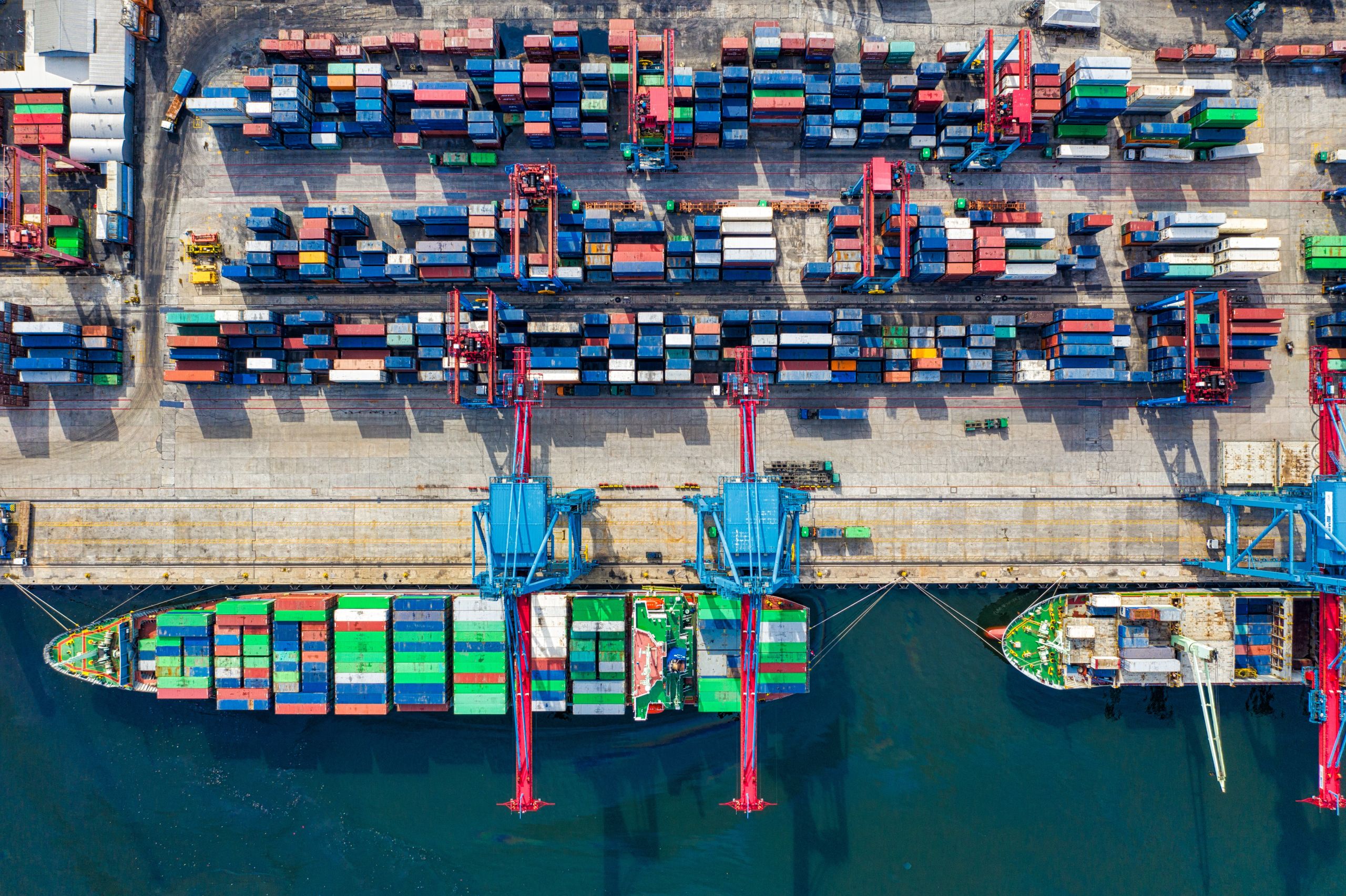
Net Zero explained
Professor Carly McLachlan

COVID-19 update
Since putting this collection of pieces on net zero together, the COVID-19 pandemic has taken hold with wide ranging implications for our health, our societies and our economies. Governments at all levels around the world are now urgently planning not just for navigating the immediate health risks, but the recovery of their economies.
Extensive global economic analysis of potential stimulus interventions shows that green projects create more jobs, deliver higher short-term returns and lead to increased long-term cost savings compared with traditional fiscal stimulus. As well as interventions targeted to support accelerated growth in low carbon sectors, bailouts and other support must come with conditions that support and facilitate transition to a net zero pathway for all sectors of the economy. For example, the case of Air France where support is conditional on the airline stopping domestic routes where a rail service of under 2 ½ hours is available. We must use the evidence challenge any outdated arguments that now is not the time to ‘green’ the economy and learn from and adapt the policies that others have adopted.
Analysis of the impact on emissions of various lockdown orders across the world has demonstrated an average global reduction of 17%. The analysis estimates that even if some restrictions remain in place to the end of 2020, the overall reduction in emissions for the year will only be 3-13%. While this does tell us that we can do things differently and that it does have an impact, it also indicates how deeply embedded the use of fossil fuels is in our lives. Even when our lives ‘feel’ very different – they are still powered by fossil fuels. Our recovery must support structural change that addresses the way we power our lives – all levels from the individual, to business, to the energy system, to government policy must be aligned to deliver the significant reductions we need.
This is a period where we can try things that were previously not seen as possible – extensive active travel networks, much reduced commuting, disruption to the idea our businesses and individuals can indefinitely rely on (too) cheap flights. The stimulus and recovery programmes have the opportunity to catalyse the projects and pathways that organisations, cities and nations have already been planning for, and to allow them to be even more visionary and ambitious. In particular, investment in low carbon energy, deep retrofits and active travel infrastructure. What we are presented with is a chance to pivot as we rebuild our economies. This is our chance to pursue a greener economy. One that considers local prosperity, jobs, resilience, equality as well as a thriving economy as we reassemble our daily lives.
The Paris Agreement commits us to keeping the global temperature rise this century to 'well below' 2°C above pre-industrial levels and to pursue efforts to limit the increase to 1.5°C. The Intergovernmental Panel on Climate Change Report on 1.5°C made clear that climate impacts are already being experienced as a result of the approximately 1°C of warming that has already occurred. The differences in impacts between 1.5°C and 2°C are stark, and yet so far, the specific commitments made globally on reducing emissions align with approximately 3°C of warming.
The UK is widely seen as being at the vanguard of international climate policy and action. It was the first country to adopt legally binding climate change targets through the Climate Change Act in 2008. Based on emissions here in the UK (including international aviation and shipping), the UK has achieved a 40% reduction in greenhouse gas (GHG) emissions since 1990. However, when we look at consumption emissions (including the emissions embedded in goods and services that we buy from other countries) our total emissions are about 50% larger than the emissions here in the UK. The data for these ‘consumption emissions’ only starts in 1997, and since then we’ve only managed around a 10% reduction.
The vast majority of our emissions reductions have come from the power sector; food, mobility, heating and industry have proven much more stubborn to reduce. The Committee on Climate Change (CCC) track 24 indicators to assess progress on climate action in the UK. In their latest progress report they found that only seven of these were on track and of these, only two were outside of the power sector. On a global scale emissions continue to rise, despite decades of international commitments, increasingly stark warnings about climate impacts, and announcements of ambitious plans and targets.
Against this backdrop the UK has recently adopted a target of reaching net zero GHG emissions by 2050, replacing the previous target of an 80% reduction by 2050 based on 1990 levels. This change followed the CCC’s Net Zero Report which analysed the need for, and benefits of, targeting net zero emissions by 2050, as well as the challenges in meeting such a commitment.
What does Net Zero mean?
The ‘net’ part of this term is vital because it combines into a single term goals of both reducing our emissions and providing emissions ‘removals’ so that overall this balances to zero. There are a variety of technologies and practices proposed which have the potential to remove CO2 from the atmosphere. The rationale for including GGR (Greenhouse Gas Removal) in a plan for net zero is that there are some sectors that prove very difficult or even impossible to reduce completely to zero, as identified by colleagues in the article ‘Rethinking offsetting for a Net Zero world.’
The CCC plan recommends that the UK should deliver these GGRs within national borders. Such an approach supports the UK taking responsibility and control over the contribution we make to climate change, rather than offshoring these to other countries through international offsets. Net zero intuitively sounds like a stronger commitment than the UK previously made. However, there are a number of risks and challenges that this new terminology presents that we must tackle head on to ensure a net zero target supports a more ambitious programme of climate action than the one it replaces.
"The UK’s net zero 2050 goal refers to all greenhouse gases – but some sectors can and will need to move faster."
What should be prioritised?
We must resist the urge to think only about the net zero target date. We need to focus not just on getting to zero, but our pathway of emissions reduction. To limit temperature increases in line with the Paris Agreement, significant and rapid cuts in emissions are needed now. For example, our work setting local authority level energy-only carbon budgets has indicated the need for 10-15% per annum reductions for Greater Manchester to be aligned with the Paris Agreement commitments. The UK’s net zero 2050 goal refers to all greenhouse gases – but some sectors, for example, road transport and electricity, can and will need to move faster.
GGR and emissions reductions; a joined up approach
While some sectors will not be able to reach zero, we must remember that many sectors do have the potential to get to, or very close to, ‘absolute zero,’ such as our energy system. A long-cited criticism of GGR and offsetting schemes is that their consideration may stifle the changes to policy, regulation and investment required to get to absolute zero. This is exacerbated if cheap, and potentially unverified, offset products are available on the market and if economic models assume that GGR can be delivered for a lower cost than emissions reductions. For example, the United States and Saudi Arabia arguing against the adoption of language stressing the need for removals to be additional rather than alternatives to emissions reduction at the UN Environmental Assembly. Here we have clear evidence at an international scale of GGR being used to justify continued investment and expansion of fossil fuels internationally.
Focusing on net zero could also be a potential deterrent to fully utilising our GGR or carbon sink capacity. For example, The National Trust has recently announced ambitious tree planting and land management schemes to lock up carbon. However, (at least for now) they articulate this ambition in terms of balancing their own organisational emissions, hitting net zero in 2030 and committing to meeting the CCC goal of 17% of forest land cover nationally. To fully exploit the potential climate benefit from our land, some organisations may have to be supported to become ‘net negative’.
"Our plans for net zero must be explicit on the balance between emissions reduction and GGR and how both of these elements will be sustainably delivered."
What can be done?
Our plans for net zero must be explicit on the balance between emissions reduction and GGR and how both of these elements will be sustainably delivered. Just as many organisations or sectors may have thought they were in the 20% remaining emissions of the previous 80% by 2050 target, there is now a risk that many sectors are planning to use GGR too. Can we sustainably deliver the level of GGR planned? Policies that support significant near-term emissions reductions are required to maximise our chances of meeting the Paris Agreement and limit the worst impacts of climate change. We must not allow the promise of a future global programme of GGR to be used to justify a failure to fundamentally challenge our existing unsustainable patterns of consumption and their associated infrastructure. Where our activities fall into the categories deemed to have persistent emissions (eg aviation and agriculture) we must look for demand reduction options first. As we agree and implement our agriculture and land use policy framework outside the EU, it is essential that farmers and land managers are charged with, and rewarded for, reducing emissions from their practices and locking up carbon on their land. As with delivering emissions reductions this requires a clear and stable policy environment to allow for effective planning and investment.
"We must fundamentally challenge our existing unsustainable patterns of consumption and their associated infrastructure."
What does this mean for those trying to deliver on Net Zero?
- Each actor that sets a target for climate action, from organisations, to local and national governments, should clearly articulate their plan for getting emissions as close to absolute zero as possible. Any ‘limits’ to emissions reductions must be regularly reviewed.
- Clear policies are needed to support GGR. The extent to which we rely on these should reflect our confidence in the existence of proven technologies, robust monitoring approaches and sustainable supply chains.
- At a national level we need to be clear that substantial emissions reductions are expected from the vast majority of sectors and that the limited removals we can deliver within the UK are likely to be needed for specific sectors.
- We should evaluate and justify the equity implications of which emissions are deemed to too difficult to reduce. As we develop plans for expansion of GGR we should seek to maximise co-benefits on health, well-being and prosperity.
Professor Carly McLachlan is the Director of Tyndall Manchester, one of the founding partners of the Tyndall Centre for Climate Change Research.
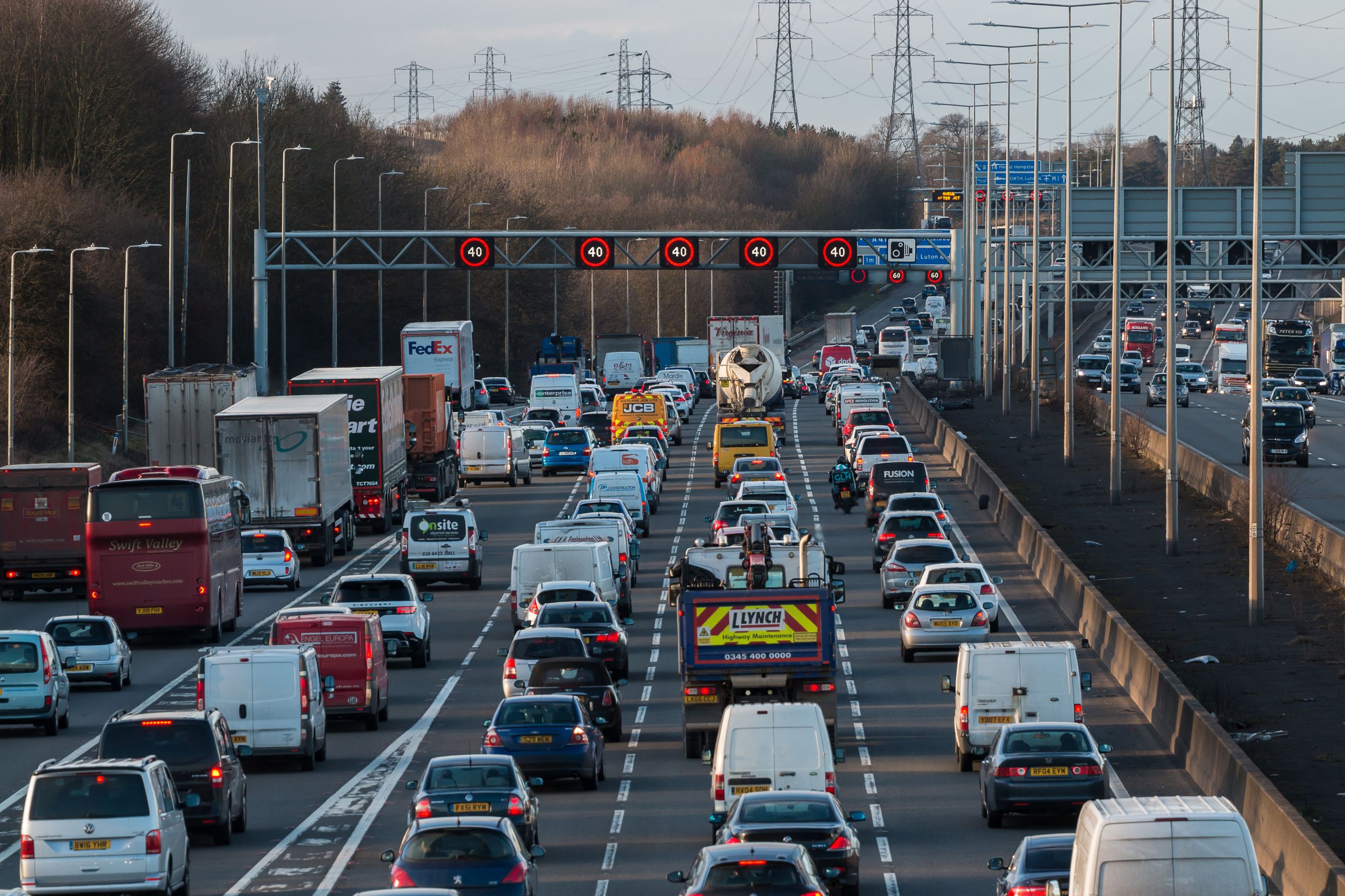

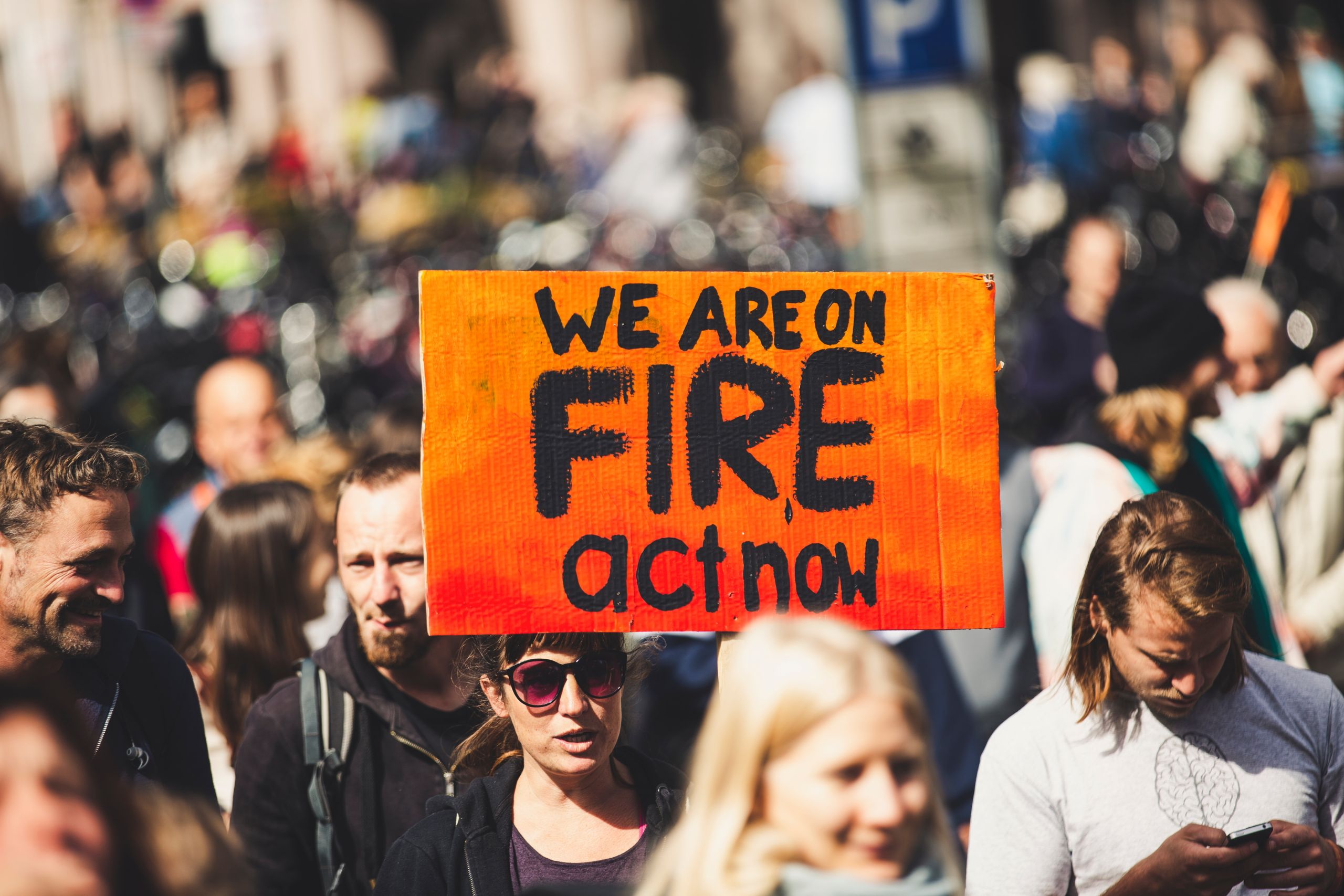
The true price of fashion
Dr Patsy Perry

COVID-19 update
Before the pandemic, critics argued that the fashion industry’s carbon reduction initiatives were not drastic enough to meet the net zero target. Since lockdown, the closure of stores and factories in many countries has halted fashion supply chains as retailers cancelled millions of pounds’ worth of orders for the spring/summer season. Although halting production has resulted in a significant and much-needed reduction in emissions, which would not have been achievable otherwise, it has also led to significant hardship for vast numbers of laid-off garment workers, especially in developing countries where they have no savings or access to governmental support to make up for their loss of income. Although the fashion industry is responsible for a significant carbon footprint, it also supports the livelihoods of millions of people around the world, most of whom are the poorest paid workers in the supply chain. The trade-off between meeting environmental goals and supporting social sustainability for some of the world’s most vulnerable workers has never been more apparent.
It is imperative that we do not return to the destructive and wasteful nature of pre-corona ‘business as usual’. The seven principles of the Policy Hub’s Proposals for an EU Green Recovery Plan in the textile, apparel and footwear industry provide guidance for how this could be supported by policy in terms of recovery investment being tied to the development of a circular economy. However, it is also imperative that any green recovery plans protect people as well as planet.
Fashion and textiles face increasing criticism as environmentally damaging industries, due to their global reach in manufacturing and retailing, high use of water, energy and toxic chemicals, and increasing levels of textile waste. According to the Ellen McArthur Foundation, textile manufacturing is responsible for more carbon emissions than all international flights and maritime shipping combined. If the current rate of production and consumption continues, the industry’s emissions will increase by over 50% by 2030. The industry’s relative impact is forecast to significantly increase; at current rates, it could account for over 25% of the global carbon budget by 2050 (based on the IPCC’s 2°C scenario).
Internationalisation of manufacturing and retail activities is led by the constant search for cheaper and faster sources of production, the opportunities offered by increasing market demand for fashion in emerging economies, and the increasing popularity of ‘fast fashion.’
Numerous fashion brands and retailers, including luxury groups, fast fashion and e-commerce giants, are pledging carbon neutrality in response to the call for net zero. Although the industry is making changes, these initiatives are not drastic enough to meet the net zero target, since many pledges are based on offsetting emissions, not reducing them. But how viable is net zero in a highly globalised industry sector which faces dual pressures of cost and speed, and where growth is predicated on selling more items?
"Textile manufacturing is responsible for more carbon emissions than all international flights and maritime shipping combined."
Challenges
Fashion supply chains are geographically long and complex, spanning developed and developing countries and encompassing a multitude of firms as a result of the industry’s structural shift to outsourcing of production. Most carbon emissions emanate from these. Businesses must first map their carbon emissions before setting targets for mitigation measures, but given the complexity of fashion supply chains and the lack of transparency of end to end manufacturing and distribution operations, this is challenging. Most fashion items sold in the UK are imported and very few fashion companies are vertically integrated. Research has shown that even in luxury silk supply chains, Italian textile manufacturers no longer have visibility of raw material cultivation as it had been outsourced to China for cost efficiency several decades ago. Brands and retailers need a holistic understanding of the whole supply chain to understand the carbon footprint of the business, as far back as the carbon emissions of the land used to grow cotton or the process of extruding polyester fibres from petrochemicals – but these stages are mostly unknown due to the extent of outsourcing in the industry. The challenge of supply chain traceability is exacerbated for retailers who sell third-party brands. For example, e-commerce giant Zalando’s recent carbon neutral pledge only covers its own office, warehouse and transport operations, not those of the third-party brands it sells. With greater consumer awareness of sustainability issues, there could be a risk of reputational damage or boycott if consumers perceive such pledges as 'greenwashing'.
- Environmental governance and accountability needs to be established, with clear economic incentives for retailers to minimise their environmental impact. The introduction of an extended producer responsibility scheme for textiles which incentivises companies to take positive action should be considered, with regulatory incentives for transparency over the entire supply chain.
Business strategy, sustainability goals and purchasing practices are often disconnected in fashion and textiles. The rise of fast fashion, with dual pressures of cost and speed alongside the growth of cross border e-commerce and consumer expectations for fast delivery necessitate the use of air freight with demand increasing year on year. The International Transport Forum estimated an increase of 411% in carbon emissions from airfreight by 2050, assuming business as usual. Most textile and garment production takes place in Asian countries such as China, India and Bangladesh, which run on coal-fired power, a key contributor to carbon emissions. The reality of price pressure to achieve margin targets presents another obstacle to achieving net zero. Polyester is a highly versatile and lower cost option for designers and buyers, and has overtaken cotton as the most popular global fibre for fashion. But in terms of the product lifecycle, WRAP’s (Waste and Resources Action Programme) report highlighted that production of polyester fibres by polymer extrusion makes the greatest contribution to fashion’s carbon footprint, while other research has calculated that a woven polyester garment’s carbon footprint is double that of a cotton one.
WRAP developed a Sustainable Clothing Action Plan (SCAP) which calls for a 15% reduction in emissions by 2020, and the UN’s Fashion Industry Charter for Climate Action calls for a 30% reduction in emissions by 2030. Both of these targets fall short of what is needed to stay within 1.5°C of global warming. (The SCAP was launched in 2012, but in 2018, the IPCC called for a 45% reduction in emissions by 2030 to keep within the 1.5°C limit worldwide.) The SCAP targets are per tonne of clothing so are based on the eco-efficiency of production, not the net growth of the industry. However, there are very few, if any, fashion or textile companies whose business strategy is based on de-growth, as this is perhaps the most inherent challenge of all, requiring a complete redefinition of consumer behaviour, business model and strategy.
- Given the increase in the carbon footprint of clothing in the UK and predictions of further growth globally, it is imperative that those involved in the fashion and textiles industry understand that policy and technological advances cannot and will not transcend the growth challenge of reducing carbon emissions.
What we can do?
Although sustainability seems to be in fashion, the industry must embrace a much deeper and systemic change to enable the scaling of low-carbon solutions needed to remain on track for net zero by 2050. Offsetting will become increasingly insufficient given industry growth predictions and as such there must be a focus on reducing emissions as much as possible, taking a long term focus to investment to reach carbon neutrality. Policymakers must create the conditions to incentivise and accelerate industry-wide transition to net zero emissions and bring along those who are lagging behind. This will involve support in the development and sharing of best practice in work programmes, low-carbon production technologies, or new business models which are not predicated on producing and selling more items.
"Although sustainability seems to be in fashion, the industry must embrace a much deeper and systemic change."
- Any UK policy initiative in the race to net zero must take into account the highly globalised nature of the industry. The UK must move responsibility for action beyond national borders and encourage political support internationally.
- Policymakers should recognise that voluntary compliance cannot be relied upon and implement enforcement measures such as proportional fines for non-compliance – as noted by the Environmental Audit Committee in 2019, only 11 UK fashion retailers were signatories of the SCAP. The new Office for Environmental Protection has a significant role to play in ensuring manufacturers and retailers are held accountable for the social and environmental consequences of their practices.
Dr Patsy Perry is Senior Lecturer in Fashion Marketing in the Department of Materials.

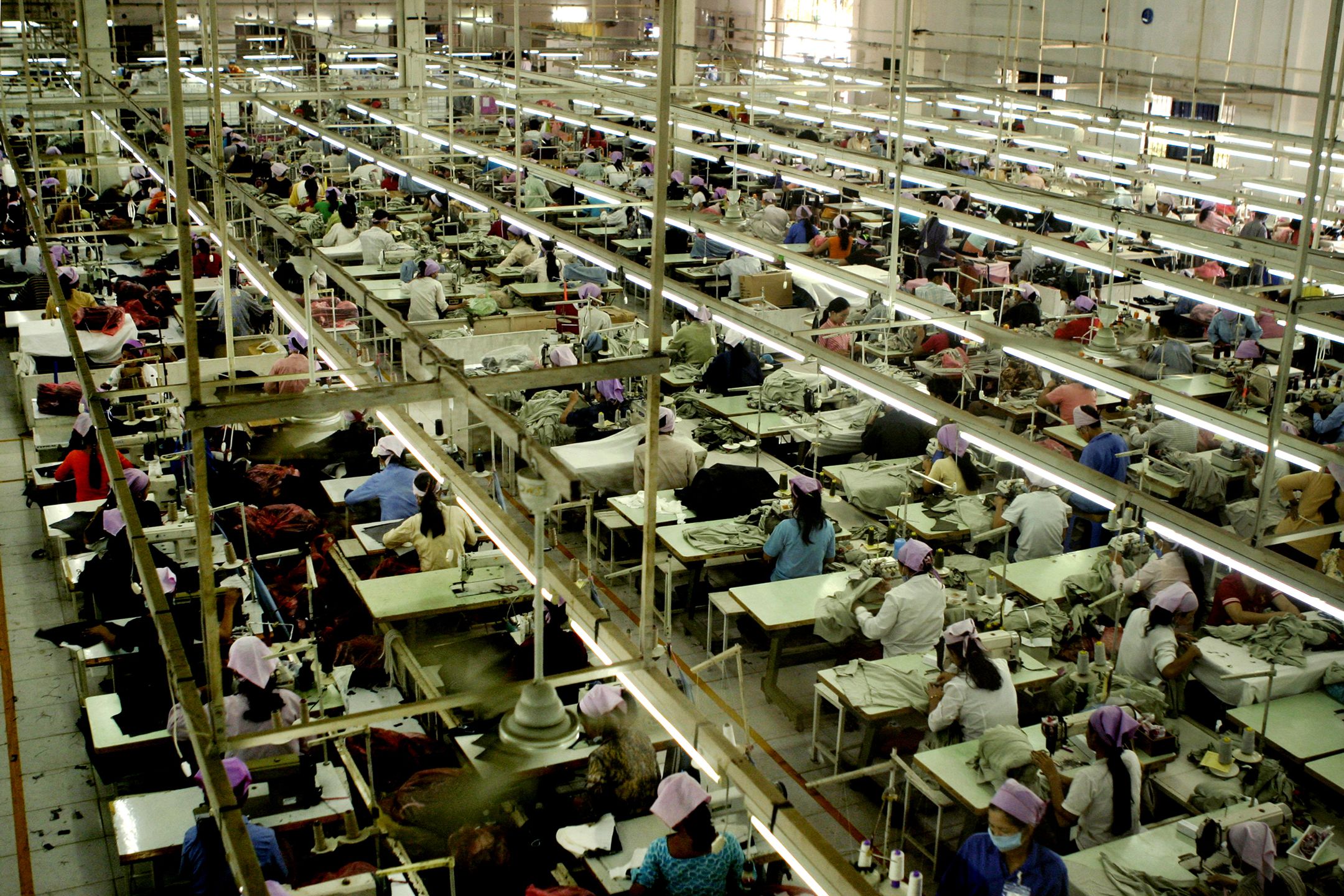

Decoupling aviation and shipping
Professor Alice Larkin

COVID-19 update
When writing the original piece on aviation and shipping for On Net Zero, the conclusion focused on the problem of rising demand for air travel and consumption of goods set against the timeframe for deep decarbonisation. In light of COVID-19, has this conclusion been turned on its head? Well yes and no – for aviation, a big question is how sustained will the impact be? For shipping, some markets face a much more uncertain future than others.
In the short-term, a drop in aviation demand is inevitable with border constraints, quarantine policies and current absence of effective health and safety precautions in the close confinement of a cabin. Nevertheless, in the past, following other epidemics (eg SARs), terrorism (Sept ’11) or economic downturns, demand has rebounded over a few years. However, the depth of the impending global recession will not have been experienced by this industry since it became mainstream and some airlines will never recover.
With less money in the sector, this raises a question over whether any investment in alternative fuels will stagnate. Moreover, other shifts, such as replacing lucrative business travel with virtual alternatives, rise of online learning in Universities and whether or not a vaccine is successfully developed, could all lead to a reset of ‘normal’ levels of demand. For shipping, of course supply chains have been impacted and consumption will reduce in line with a global recession – typically the shipping sector closely matches global GDP patterns. So if GDP bounces back, so will shipping. For a time there may be overcapacity of ships, which could lead to fewer new, and hence more efficient ships being built, but this could also incentivise more slow-steaming, a quick way to cut the CO2 intensity of shipping. More interesting perhaps is the impact on ferries and cruise shipping. Both have been hit hard by travel restrictions, and the cruise industry in particular, with its characterisation of a ‘floating petri-dish’, probably relies on there being a successful vaccine if it is to regain its popularity. So yes, COVID-19 impacts on aviation and shipping demand and hence decarbonisation – but only time will tell if this aligns positively with a net zero agenda.
The term net zero has become part and parcel of everyday discussions about climate change in the past 12 months, but why did it suddenly gain such prominence? Why can’t we reach real zero?
The 1.5°C goal of the Paris Agreement requires urgent, coordinated action across multiple sectors. This challenge is bought into crystalline focus when the timeframes of concern are of the order of just a few decades. Cutting emissions from international flights and shipping is often at the top of the ‘difficult to mitigate’ list, alongside N2O from agriculture and CO2 from some heavy industries. But is this a reasonable ranking? For the shipping sector, I would suggest the answer is no.
- Far from being ‘difficult to decarbonise’, the shipping sector has significant room to manoeuvre, even over the short time horizon dictated by the Paris Agreement. Policymakers must understand this, recognise and subsequently decouple the debate about mitigation measures for shipping compared with aviation.
Typically, shipping tends to be discussed alongside aviation, as emissions are released in international waters similar to a large proportion of aviation emissions being released in international airspace. This leads to similar governance of emission mitigation plans. Both fall outside of natural mitigation legislation (if it exists) or national targets. The onus is on mitigating their emissions through international trade organisations; the International Maritime Organisation (IMO) or the International Civil Aviation Organisation (ICAO) respectively. While their ‘international’ nature makes incentivising change complicated and slow, particularly in the context of the UK’s recent departure from the EU, it is not the principal reason, at least for aviation, that makes decarbonising particularly challenging. Rather, it depends more on the available technological, economic and social measures to tackle emissions that are available over a very short timeframe. Flettner rotors, ammonia, sails, battery-electric, route optimisation, slow-steaming, a reduction in the demand for transporting fossil fuel and the benefit of dry docking to retrofit - the list goes on, offer multiple routes to decarbonise shipping. The scale of savings for slow-steaming, for example, is shown to cut CO2 by as much as 30% in some studies, but without incentives this operational measure will only be in response to fuel price rises at present. Far from being ‘difficult to decarbonise,’ this is a sector that has significant room to manoeuvre. If only this were also true for aviation.
In the case of aviation, one of the biggest barriers is slow fleet turnover, coupled with already mature yet highly specialised technologies within existing engines and airframes. Unlike ships, retrofitting opportunities in aviation are limited. A much greater proportion of aviation costs are attributable to the fuel needed to get aircraft off the ground and moving fast, when compared with ships, hence savings have typically already been made through efficiency improvements over the years. Electric aircraft may make inroads in very short hop flights over the coming decade, but the chance of electricity substituting propulsion systems in larger civil aircraft in the timeframe of a few decades is low.
"Far from being ‘difficult to decarbonise’ the shipping sector has significant room to manoeuvre. If only this were true for aviation."
Biofuel or synthetic fuel could be used relatively easily in aero engines but emissions savings depend heavily on the biofuel feedstock and conversion systems employed. Some ‘negative emission technology’ systems anticipate producing such fuels, but sustainability concerns and cost are never far from discussions regarding suitable biofuel supply chains.
Operational efficiencies may still be available for air travel, but all-in-all the consensus tends towards significantly curbing demand for air travel, and/or finding another sector that can cut its emissions by more than the average, to compensate for aviation. Passengers are increasingly open to the idea of travelling on alternative modes of transport, certainly more than they were several decades ago. Despite this, net zero for ICAO means reliance on its flagship offsetting scheme CORSIA to deliver ‘cuts’. For shipping the focus is different; the current position of the IMO focuses on an absolute CO2 target for 2050 compared with 2008, albeit a seemingly weaker commitment. Other significant shipping industry stakeholders, such as Maersk, do talk in terms of net zero, however, one challenge at present is to encourage the shipping industry to recognise the vast suite of rapidly implementable mitigation options available to make absolute rather than net cuts to zero by 2050.
- The IMO should implement watertight regulation to realise change. Policymakers can and should call for challenging asks that will drive innovation. The EEDI (Energy Efficiency Design Index), with its focus on new ships, has not yet set the bar high enough but that’s just the tip of the ice-berg. Research in review has shown that attention really needs to focus on tackling emissions from the existing ships that will be in the fleet for decades to come.
A final sticking point for aviation in achieving net zero is the release of non CO2 emissions into the atmosphere, causing additional climate warming. The nature of these emissions means that they are neither easy to quantify, nor simple to mitigate. They vary in lifetime, and can be exacerbated by other measures to reduce CO2 emissions. For example, aircraft fly in the most stable parts of the atmosphere to avoid turbulence and additional fuel burn. These regions can be more susceptible to the production of vapour trails and cirrus clouds created by their presence – both of which cause a warming impact. This is a catch 22; flying at a lower altitudes to avoid this can lead to greater fuel-burn and hence CO2. These other emissions have typically caused at least twice as much warming as the CO2 from the aviation industry since the 1950s and cannot be ignored in the net zero debate.
"Relying on negative emission technologies to get us out of jail in the future is a high-risk strategy. For shipping, the opportunities are clear, and first movers will likely gain a big advantage."
- Industry and policymakers internationally must consider the management of contrails and other non CO2 emissions from aircraft concurrently with present mission and cost optimisation priorities. However, as operational changes to manage the additional warming tend to have consequences for CO2 production, the focus points back again to demand management which can tackle all these impacts at the same time.
With global demand for air travel and the consumption of goods on the rise world wide, seeking options that decarbonise aviation and shipping sectors in real terms is crucial. There is no doubt that some sectors will be reducing their carbon intensity, and cutting emissions in real terms, faster than others. Nevertheless, the scale of the challenge imposed by the Paris Climate Agreement lets no sector off the hook. The cumulative nature of CO2 requires absolute cuts in the near term. Relying on negative emission technologies to get us out of jail in the future is a high-risk strategy. For shipping, the opportunities are clear, and first movers will likely gain a big advantage. Air travel is more thorny. Technology constraints are substantial.
- Policymakers have little option but to focus attention on measures that can manage demand – including constraining airport expansion – until such a time that confidence in negative emission technologies working at scale is high.
Alice Larkin is Professor in Climate Change and Energy Policy as part of the Tyndall Centre for Climate Change Research. She is Head of the School of Engineering at The University of Manchester.
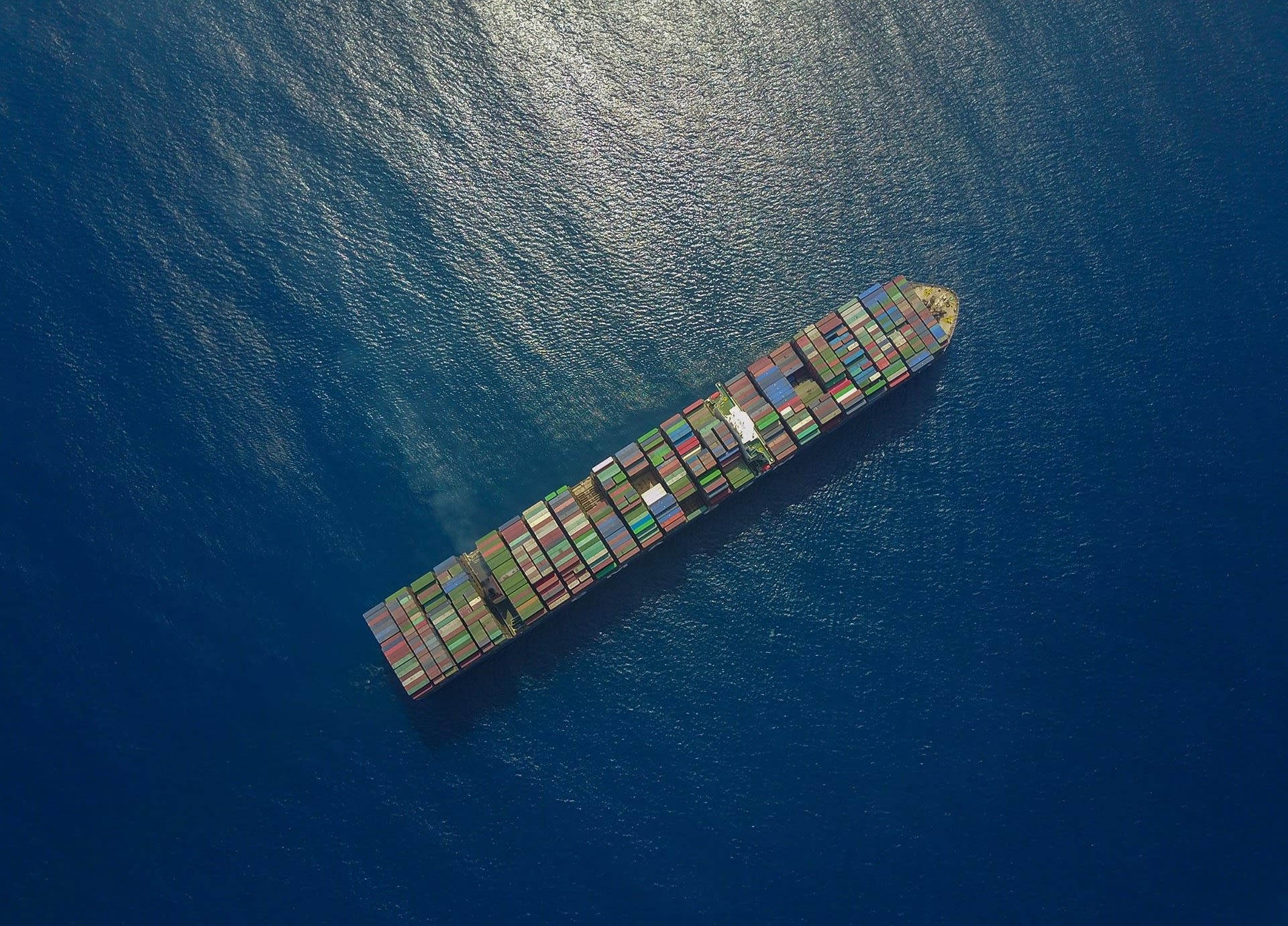


Rethinking offsetting for a Net Zero world
Offsetting should be about removals, not reductions against ‘business as usual’
Dr John Broderick, Dr Joe Blakey and Professor Matthew Paterson
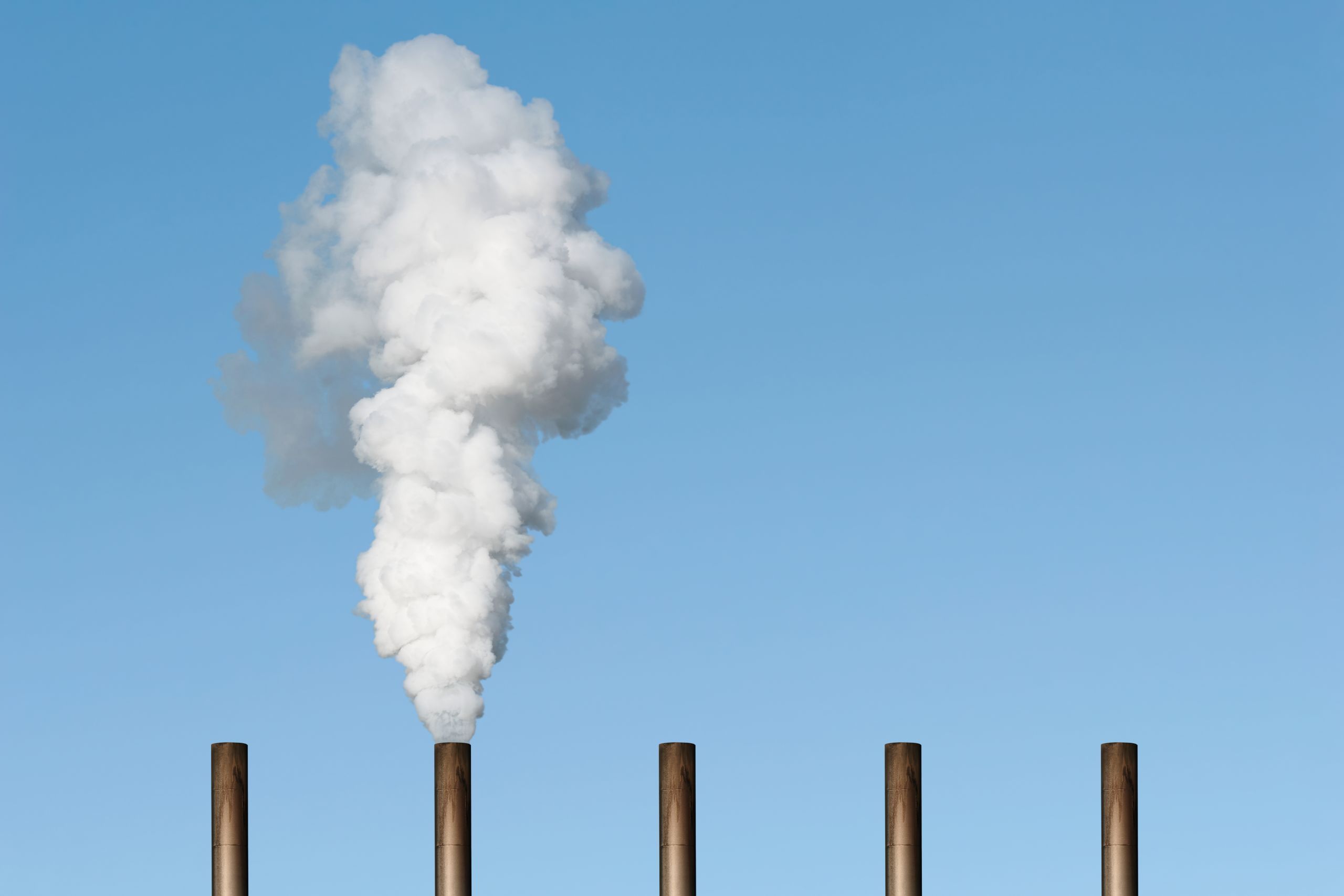
COVID-19 update
The unfolding COVID-19 pandemic has dramatically reduced the use of air travel around the world, with commercial flights in May 2020 down 70% from the year before. Although numbers are increasing as countries come out of lockdown, the industry as a whole is expecting much reduced activity in coming years due to widespread recession. This has implications for the future scale of offsetting through the incoming CORSIA regulation. International aviation has historically been left out of the UN's global agreements on climate change and considered by the International Civil Aviation Organisation (ICAO). 2020 is the first year of ICAO's new offsetting scheme, CORSIA, and is scheduled to serve as the baseline for the sector, with emissions in excess of this level being matched by offsets in future years.
CORSIA has been criticised for not incentivising direct reductions in emissions from aircraft by only adding a cost to growth in emissions, not the whole amount, and that cost being further limited by the use of business as usual reductions credits from other sectors. Were outturn data from 2020 to be used as a baseline, then the sector would have to pay for a larger quantity of emissions to be offset in future, and with lower passenger densities on flights implementing social distancing measures this cost will be shared among fewer tickets. So far, the industry has successfully lobbied to use 2019 as the baseline year and this will be presented as the European position at the ICAO meeting in June 2020. Whatever the final decision on the baseline year, the credits that will be purchased will not permanently remove carbon dioxide from the atmosphere, so the impact will be economic rather than material.
The past two years have seen a surge in the popularity of net zero and zero-carbon targets, amongst policymakers, organisations and the general public alike. However, while the terms are often used interchangeably, net zero targets such as the UK’s mean something specific. A ‘net’ value implies that a process of balancing has taken place. Net zero, therefore, does not imply that there are no longer any carbon emissions. On the contrary, it means that any emissions released are balanced by removing (capturing carbon from the atmosphere) or abating (other people giving up ‘their’ emissions) the same quantity of emissions elsewhere.
The assumption is, therefore, that not all emissions in the UK, or any other territory or organisation, will be eliminated. As such, any plan to get to net zero has to grapple with exactly how this balancing takes place. There must be a ‘counterpart’ elsewhere - a project, an organisation, or an entity that is able and willing to make up for this deficit. This balance is usually achieved through what has historically been referred to as offsetting. Carbon offset schemes enable individuals and organisations to invest in projects elsewhere that will result in a carbon reduction equivalent to their carbon impact. This may appear an attractive option as it enables the continuation of high carbon activities.
Research has identified the finite amount of carbon that can be released over the course of the current century whilst also remaining within the Paris Agreement’s temperature targets. Unfortunately, at a planetary scale emissions continue to climb. With every year of delay the limited carbon budget is being used up. Colleagues at Tyndall Manchester have estimated that for the UK these reductions would have to be greater than ten percent every year to keep us ‘well below’ 2°C of warming over pre-industrial times.
"These limitations of traditional offsetting mean that it cannot guarantee the necessary reductions."
Business as usual
Existing offsetting schemes have operated mostly to enable ‘business as usual’ emissions of high emitters to continue largely unchecked. They focus on producing carbon credits by funding specific projects that the sellers claim reduce GHG (Greenhouse Gas Emissions) emissions against their business as usual. For instance, they may distribute efficient cook-stoves that reduce fuel consumption or part finance renewable energy projects. Auditors are then employed to inspect the project plans and verify that the stoves have been distributed and the wind turbines constructed. However, these auditors cannot observe that there is less CO2 in the atmosphere as a consequence. The reduction, which justifies the offset carbon credit, is defined against a baseline of ongoing use of existing stoves and power stations determined by the overarching offsetting scheme.
Some offset schemes have focussed on planting trees and land management, and therefore taking carbon out of the atmosphere, rather than just reducing the rate of emissions. Schemes that rely on tree planting have to decide whether to count the carbon that is stored in the vegetation as it grows or calculate the expected quantity of carbon that will be stored as the trees become mature. This latter assumption can be verified after the fact by inspecting plantations, but the buyer must be satisfied with the seller’s remediation if the growth is not fulfilled; for example due to drought, fire, pest damage or deliberate deforestation.
For all offset projects, concerns about permanence (whether the carbon ever re-enters the atmosphere over the multi-century lifetime of the original emission), additionality (whether the project would proceed in the absence of the offset purchase), and quantification of reductions (whether the offset scheme has captured all of the significant sources of emissions following the project) persist and will never be entirely resolved for credits against business as usual. For forest projects, the concerns about permanence are particularly acute.
Limits to offsetting in scale and definition
These limitations of traditional offsetting mean that it cannot guarantee the reductions necessary to keep us within ‘safer’ levels of warming. In a net zero world offsetting must only take the form of a removal directly from the atmosphere. Negative Emissions Technologies (NETs) remove carbon from the atmosphere and store it, providing an overall reduction in emissions. While forests and other biological sequestration might be important elements of this, Direct Air Carbon Capture and Storage (DACCS) chemically removes carbon from the atmosphere for it to be injected underground.
The cost of withdrawing a ton of carbon from the atmosphere through DACCS is substantial; currently estimated to be upwards of $150. Compounding the matter further, NETs, while demonstrated experimentally, are largely unproven at scale. As such, proceeding with carbon intensive activities in the present in the hope of a widespread deployment of NETs is a huge gamble. It inevitably carries a greater degree of risk than abating these emissions from the outset. Moreover, the greater the amount of year-on-year emissions (cumulative emissions) we release, the greater this risk is compounded.
Nonetheless, if we are to privilege some carbon-intensive activities moving forward, such as long distance aviation, little choice exists beyond investing in these technologies, perhaps through offsetting arrangements. Despite limited experience in deploying NETs, restricting offsetting to these removals from the atmosphere, rather than credits against business as usual, carries less risk of failing to meet our emissions goals. The key reason for this is that the carbon balance is no longer achieved through a promise. Instead, a material transformation of carbon can be evidenced, providing a greater degree of assurance that removal is permanent, additional and proportionate to the original pollution activity. Simply put, locking carbon underground is a material process that can be measured and managed.
"Proceeding with carbon intensive activities in the present in the hope of widespread deployment of NETs is a huge gamble."
It is clear that offsetting is not a panacea and all actors involved must understand this:
- In a net zero world offsetting should only take the form of a removal directly from the atmosphere through the use of NETs. It would be prudent to switch offsetting to these methods at the earliest opportunity.
- Policymakers must recognise that NETs are unproven at scale, and limited in their potential extent of deployment. Industry, academia and government have to keep the focus on getting emissions to an absolute minimum.
It is in this vein that we make the suggestion of offsetting as limited to removals with a degree of caution. Offsetting of any form allows some practices to remain unchanged, privileging those activities over others, using finite resources and maintaining existing geopolitical divides.
- A key consideration should therefore be that offsets be restricted to compensating only for those sources of emissions which are globally agreed and cannot be eliminated. Without this, there is little incentive to transform energy systems in a way that is compatible with a stable climate, and sustainable on a planet with finite resources.
Dr John Broderick is a Lecturer in energy and climate change in the School of Engineering at The University of Manchester.
Joe Blakey is a Lecturer in Geography whose research explores the relation between space, politics and accounting.
Matthew Paterson is Professor of International Politics at The University of Manchester, and Research Director of the Sustainable Consumption Institute.
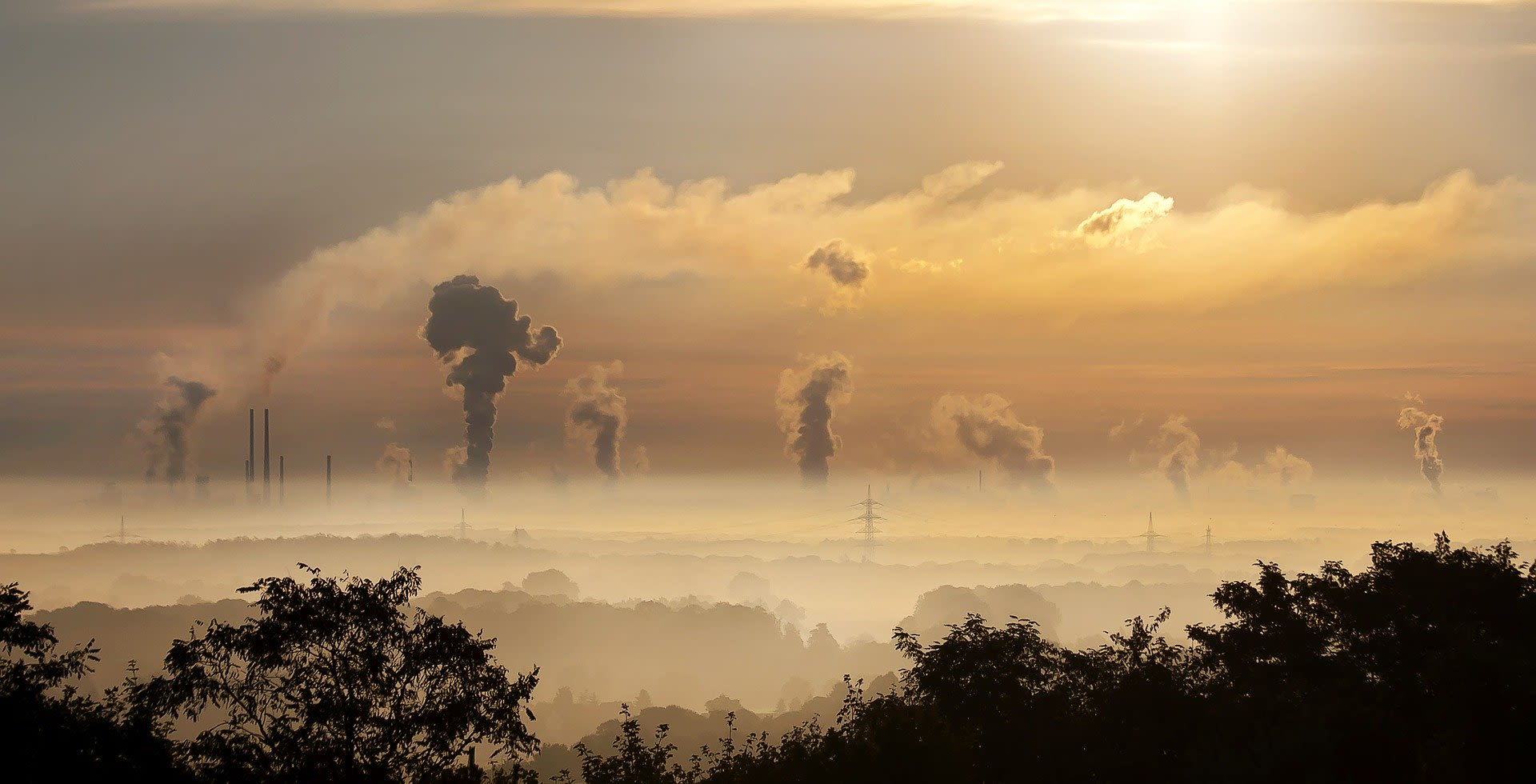

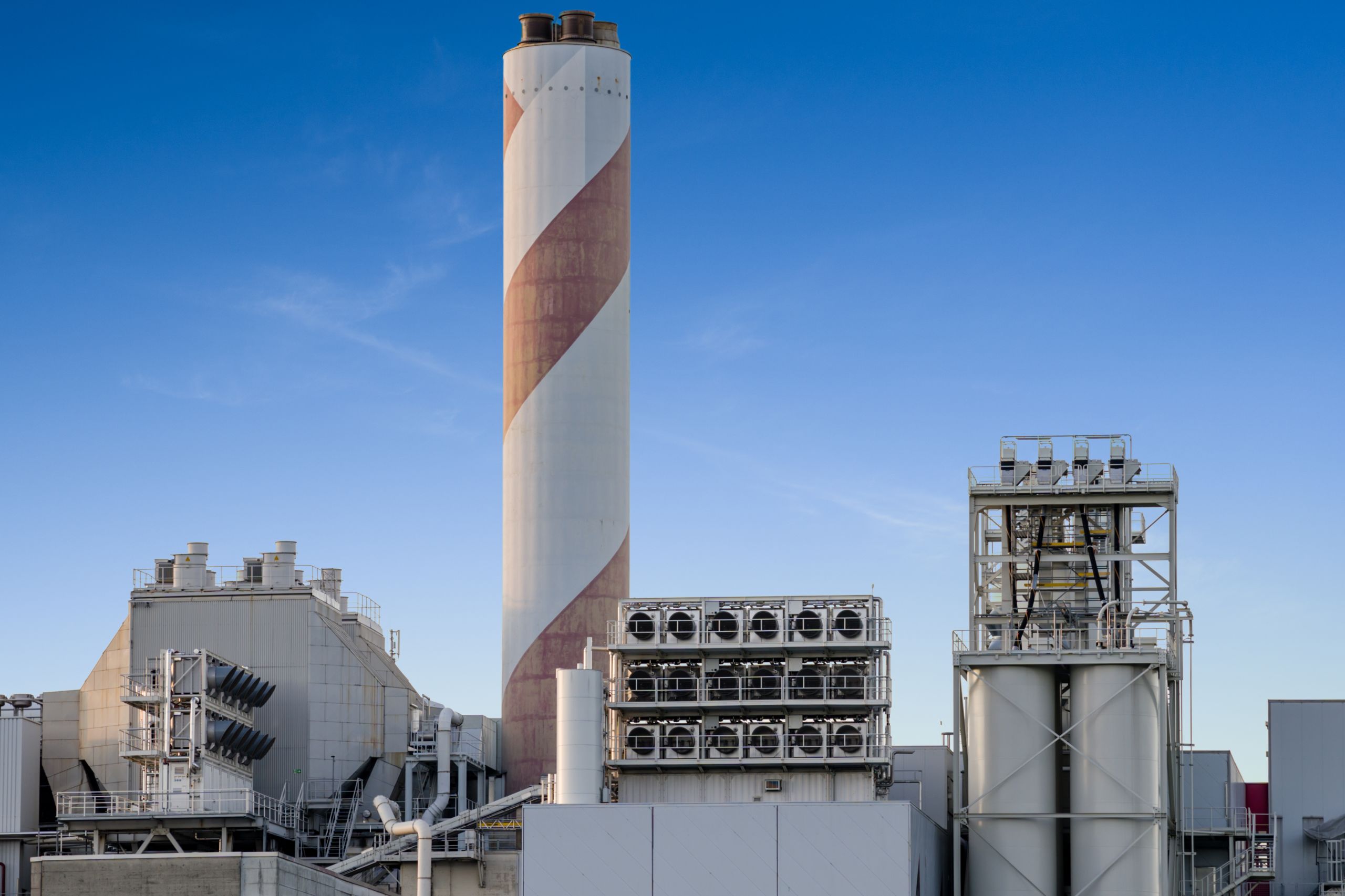
Small nuclear, big difference?
An off-the-shelf revolution
Professor Richard Taylor
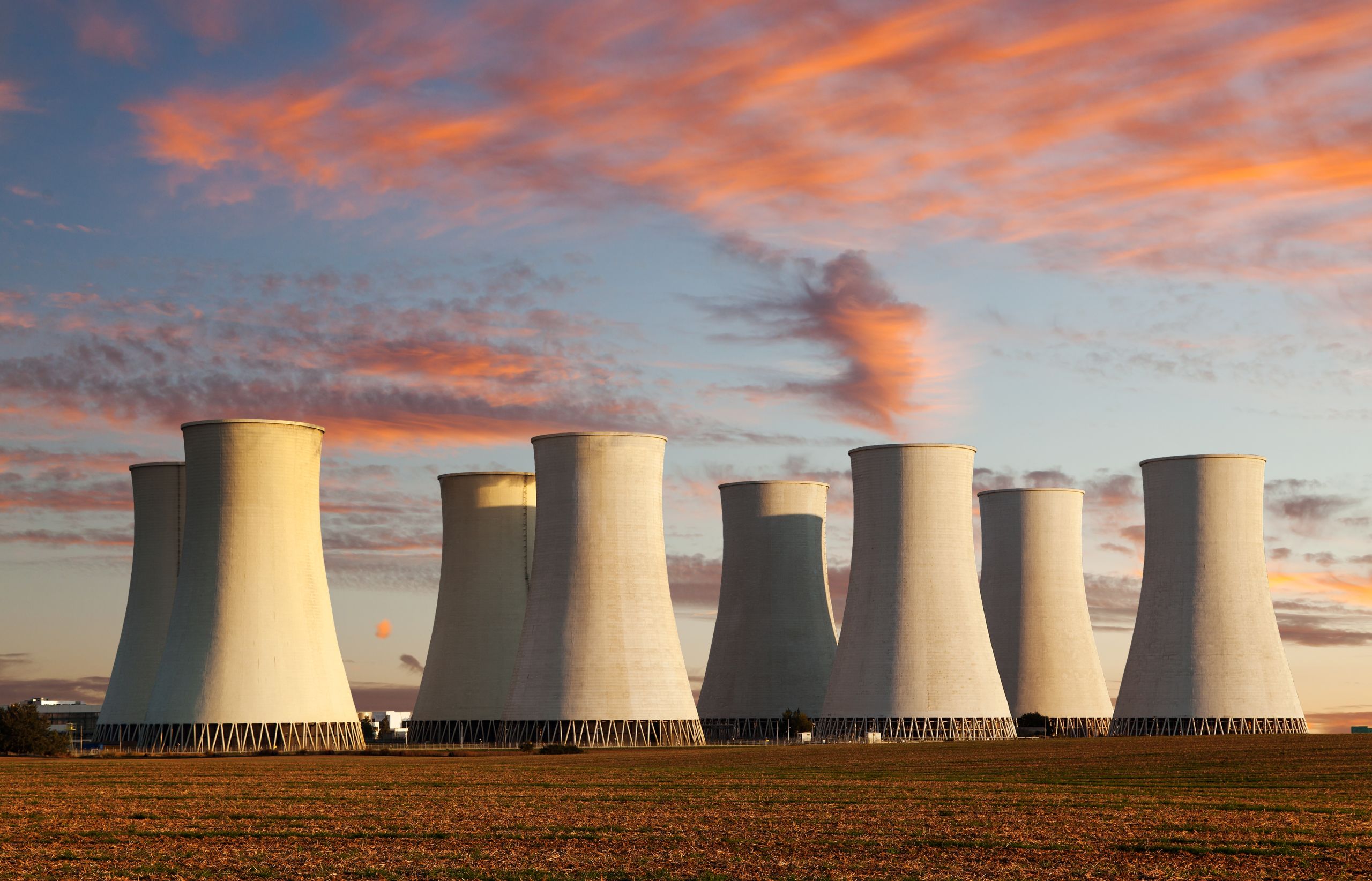
COVID-19 update
If the current crisis has taught us anything it is how quickly we are able to adapt to a ‘new normal’. This piece celebrates society’s capacity to do this, to act with ‘common sense’ and to recognise how to keep calm and carry on. Small nuclear could be a game-changer as we progress to net zero and our recent experience shows us that we are more ready to adapt to its presence amongst us than our policy makers traditionally give us credit for. Looking to the future and our economic recovery from the pandemic, we must ensure policymakers remain committed to a timely net zero goal as part of this. Small nuclear reactors could play a key role in that green recovery as we strive to build back better.
Generally we expect our technology to function unobtrusively and effortlessly. Consumers don’t want to know what’s inside the box and expect seamless functionality where things work when we need them and can be replaced with convenience when we tire of them. Our lives are ever more intertwined with technology; devices upload our data to the cloud while we sleep and drones deliver our physical goods in ever smaller packages.
Such is the nature of our relationship with the infrastructure that enables and enriches our modern lifestyles. The general public can benefit from the incredible pace of technological advancement while maintaining a comfortable separation from the inner workings of the very devices and systems we use each day. Comprehension of the ‘mystery behind the magic’ would bring the same disquiet as unveiling the secrets of the magician’s trick. As our reliance grows, we gain comfort and security through the availability of tried and tested technologies, where identical versions can be produced, verified and replaced at short notice. Could this be a vision for the nuclear industry?
This future could not be further from the reality of current nuclear energy production. Our operating reactors are unique, complex and difficult to maintain systems with significant end of life issues. They are kept behind wire fences, very conspicuously removed from the society who benefit from their power.
Small Modular Reactors (SMRs), which are a maximum of 0.3GW, a fifth of one Hinkley C reactor, are celebrated by some as the best opportunity for the nuclear industry to play its part in the brave new world of clean energy. So-called ‘advanced nuclear technologies’ are already attracting modest packets of public money as part of our drive towards a net zero future. However, these green shoots are tempered by the challenges of making smaller nuclear reactors cheaper, quicker to build and inherently safe. In essence, we must make nuclear mentionable in the same breath as other renewable energy sources. While this prospect is enticing, a considerable fleet of identical reactors would need to be constructed to understand whether it is achievable. This, in turn, would require levels of commitment and investment that are way beyond what we are currently experiencing.
"In essence, we must make nuclear mentionable in the same breath as other renewable energy sources."
Can nuclear become normal?
We may have missed a trick, another possibility to deliver a new model that changes the way we think about nuclear power; small reactors could make nuclear ordinary. Could a SMR become a piece of technology known only for its capabilities and not its workings? Something commonplace that we might walk past without a sideways glance. The prospect of modular, factory built units enables this possibility. Imagine a world where a basic small reactor emerges from a factory production line as a faithful replica of its predecessors. It is seamlessly packaged, transported to your out of town retail park where it is hidden in plain sight. There are no operating instructions and, in any event, no one there to read them. Connect to the grid and the net and you are good to go. Hardware upgrades are brought in and obsolete parts removed easily and routinely.
"How can nuclear transition towards delivering the small scale miracle of the everyday?"
The technical challenges bound up in this vision have been solved in other sectors from which lessons can be learned. Within this model (no different from your phone or washing machine), the design, development quality assurance and testing of the reactor takes place at a single centralised location. Once it leaves the boundary of the manufacturing site, the SMR could be safely and effectively looked after through a standard start-up and configure sequence with which we are all familiar. This has significant implications around trust, the courage to let go, attitudes to risk and the toleration of uncertainty. Critically, this is not amongst the public who are much more consistent in these particulars than they are often given credit for. The challenge is one for the nuclear industry itself and its regulators to contemplate; how nuclear can transition towards delivering the small scale miracle of the everyday? For an industry that has been built on innovation, creativity and courage, this is perhaps the biggest challenge of all.
- If small nuclear is to form a part of our net zero future, policymakers must recognise that creating an environment that supports and promotes this transition is essential. Industry must confront the organisational, infrastructure and cultural changes required to drive the development, delivery and implementation of SMRs.
- Policymakers must adopt a human centred approach to our nuclear future, making use of behavioural insights expertise in government to better understand how we live with this technology both within and outside the industry.
Richard is BNFL chair in Nuclear Energy Systems at The University of Manchester’s Dalton Nuclear Institute. He was previously the Chief Engineer of the UK’s National Nuclear Laboratory.
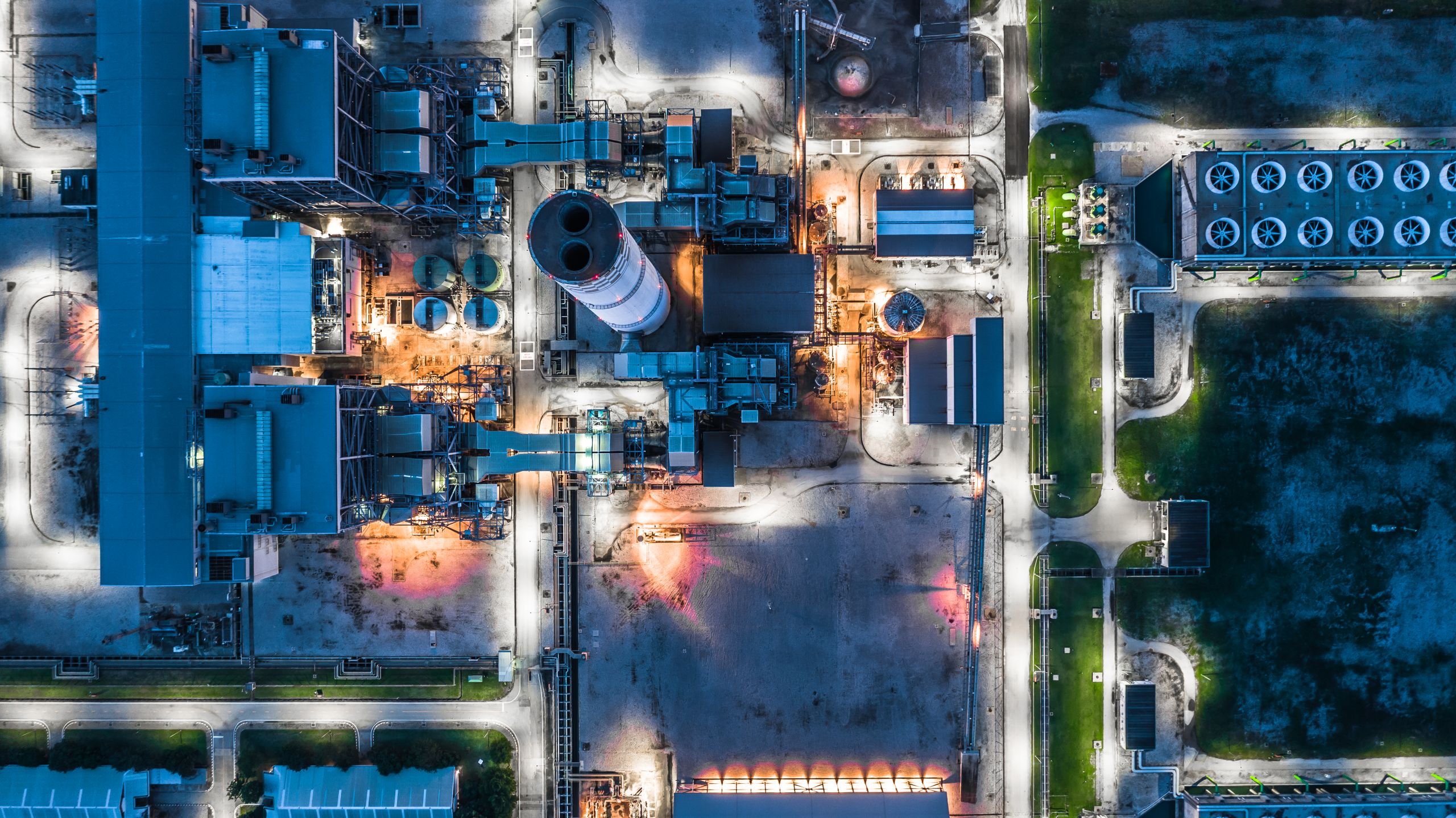
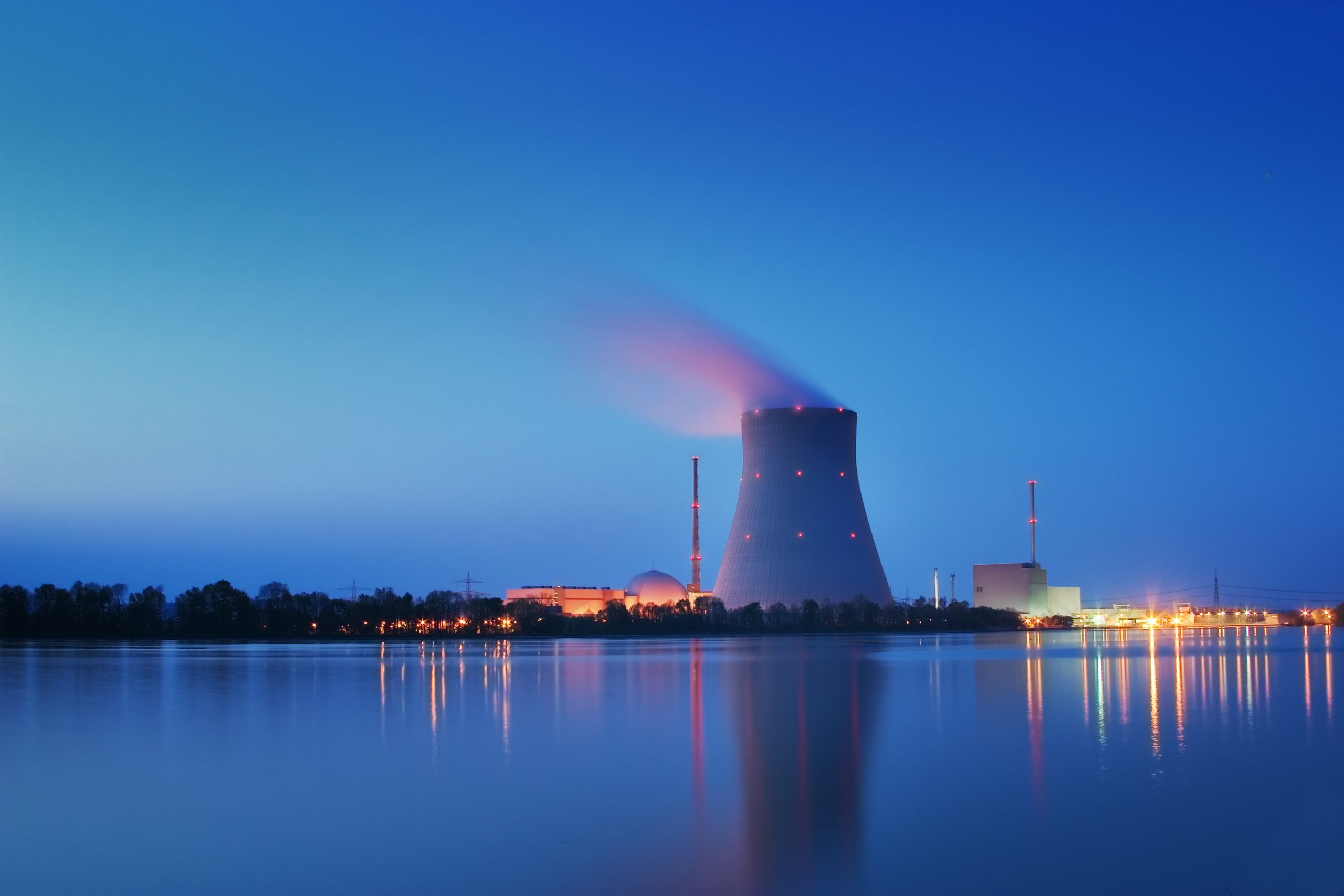

The offshore wind challenge
Professor Mike Barnes
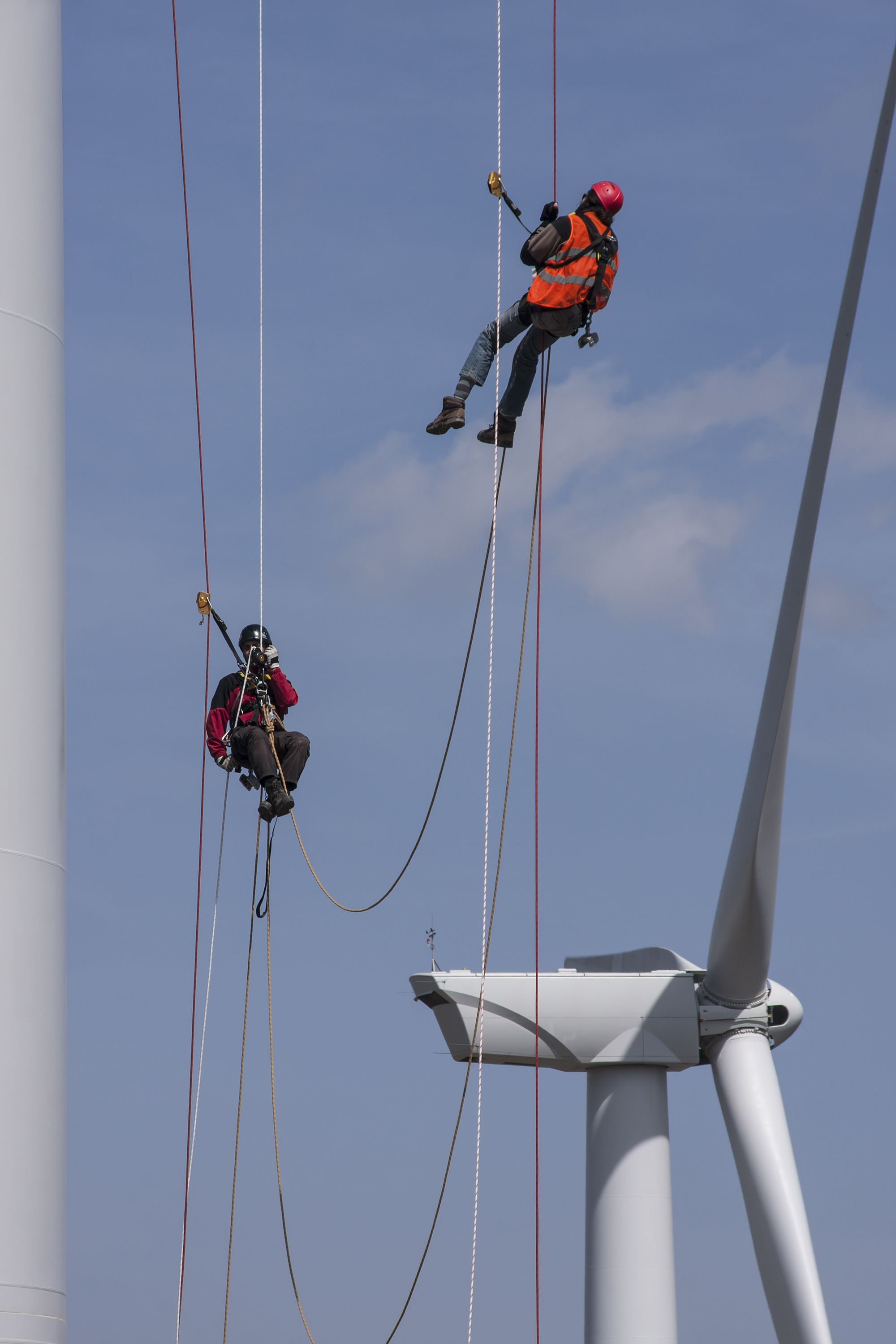
COVID-19 update
COVID-19 has, like other sectors, had an impact on the offshore wind industry. The trade body WindEurope estimates installations in 2020 will be down 30% compared with forecasts; though it also reports that all turbine and component factories are now open across the continent and appropriate sanitary measures are being implemented. Any change in the cost of finance will have an impact on industry costs, as will any continued restrictions on the movement of goods or key personnel. Where supply chains are global, the impact of COVID-19 in other countries, for example India, must also be considered.
COVID-19 has also had an impact on grid connection. The Kriegers Flak Combined Grid Solution – the connection of the transmission grids of Denmark and Germany as well as the grid connection of local offshore wind farms – has been delayed until August due to movement restrictions. In the longer-term, remote monitoring, artificial intelligence and robotics could make the industry more resilient to such shocks. These technologies would allow key parts of operation and maintenance to be modified so that fewer workers are required to undergo transfer offshore. Many would thus avoid the confined, and potentially dangerous, conditions of offshore platforms and helicopters.
In the drive for the UK to achieve net zero by 2050, electricity generation is about to undergo another revolution. Renewable energy from offshore sources will replace our dependency on fossil fuels to produce electricity. This will mainly be from huge wind turbines, out of sight of land, harnessing sustainable resources from the relatively shallow waters around our coast.
This represents significant delivery challenges, particularly at the epic scale planned. The 45GW the government has recently committed to could supply about half the energy to the UK’s electric power system over a year. This is equivalent to approximately 22 million homes. Ensuring this supply is reliable, and remains cost-effective, is a priority.
Despite offshore wind long being thought of as an expensive option, technological advances and work improvements throughout the entire supply chain have dramatically reduced wind generation costs. In the latest round of offshore wind tenders in the UK, the winning bids for wind farms came in at about £40 per megawatt hour. Base-load (the underlying generation that runs all the time, as opposed to more expensive peaking plant that comes on only during peak demand) prices now are about £45 to £55 megawatt hour. Thus offshore wind looks to be one of the cheapest forms of future energy. We are not there yet; this price is based on a number of assumptions about technological developments over the next years.
As farms move further offshore, a significant consideration is the cost of operation and maintenance. This represents roughly 25% of the cost of wind electricity; this could rise substantially as turbines are built further offshore. Much of this is the result of transporting skilled personnel and specialist equipment offshore, to deal with technically complex and environmentally difficult challenges. Given the nature of the problem, well-thought out and effective health and safety measures are crucial. Ideally, these build on best practice and would be common throughout the industry. It is here that government policy has a pivotal role to play.
"Given the nature of the problem, well-thought out and effective health and safety measures are crucial."
What should be our priorities?
The UK is well placed. We have one of the world’s best resources of offshore wind. The Made Smarter government review of 2017 is an exemplar of horizon scanning. Initiatives like the UK Energy Institute / G+ partnership are an excellent example of world-leading best practice. There is also clear opportunity to learn more from allied sectors; the UK has an excellent naval tradition, and significant experience of offshore engineering from our oil and gas history in the North Sea. This encompasses past developments, but also new innovations, for example powering oil and gas platforms from shore using electrical networks.
The industry’s potential is already shown by the leaps and bounds made in offshore wind engineering technology health and safety; despite the rapid growth of wind farms and installed capacity, accidents offshore have actually fallen in recent years.
- To encourage this, clear and continued commitment must be shown by UK Government to offshore wind engineering technology. The offshore wind Sector Deal’s commitment to health and safety is a good start. The excellent work done by the Energy Institute / G+ is highly regarded internationally. Support for these kind of cross-sector initiatives should be maintained as a priority.
Supporting industry safety through future technologies
Maintaining wind turbines is a highly skilled job. GE’s new Haliade-X 12 MW turbine will tower 260m above the sea. This falls just short of the height of the top public platform on the Eiffel Tower. Maintenance teams are winched down from helicopters on to turbines at these dizzying heights. Such work is potentially hazardous, far from shore and is often hampered by the North Sea’s rough weather. The average distance offshore of these super-sized wind farms is 160 km, vast distances in comparison to present near-shore smaller systems.
"Maintenance teams are winched down from helicopters on to turbines at dizzying heights."
New technology will make this work safer and cheaper. Clearly after being rattled around in a helicopter for an hour to get to site, the maintenance team is not going to be impressed if they’ve not been given the right spare parts, wasting their journey. Here, advanced sensors and robotics could allow a more comprehensive survey of the turbines to be made remotely beforehand. While robots were not in discussion five years ago, industrial companies now benefit from drones to help them investigate wind turbines. However, present legislation in effect precludes the use of ‘beyond line of sight’ robots for civilian use, even for such a well-controlled space as an offshore windfarm - a team still needs to go out to windfarms to do drone inspections, with all the attendant hazards.
- Industry would benefit from a government review of legislation for new technology to improve implementation timelines. This would reduce cost and improve health and safety. An example is the expedited regulation of industrial robotics to enable their civilian use beyond line of sight in controlled spaces.
The use of Remotely Operated Vehicles (ROVs) to survey underwater cables and structures is standard but could be more widely used. Innovative projects are developing robotic boats to ferry supplies to offshore teams, and then drones to land these supplies on wind turbines, where crawler robots might use them to repair damaged blades. The next challenge is to redesign present turbines to make them more ‘robot-friendly’ – creating synergy between robots and humans.
"Present legislation in effect precludes the use of ‘beyond line of sight’ robots for civilian use."
A number of projects are also using advanced computer algorithms to better predict failures: if a failure can be spotted while it’s smaller, the repair is often cheaper, easier and requires fewer and smaller parts. This makes maintenance less onerous and hence safer. However, wind turbines typically produce far too much data for human analysis. There is considerable research into how humans can encode some of their expertise to allow computers to examine this vast pool of data. Machine learning and artificial intelligence have significant potential to enable this.
Effective targeting of research and development
Technology is developing rapidly. There is already a skills shortage in the area, which is only going to worsen as offshore wind is increasingly deployed.
- The existing funding for skills training, and research and development into enabling technology, has achieved remarkable results thus far. Focused investment in skills will continue to reap great rewards.
Maintaining an adequately skilled workforce is the cornerstone of a safe and productive environment - from the technicians who work onsite, to the scientists and engineers who develop the next generation of safe, reliable technology. It is also an important part of government policy to revitalise the skill base of coastal communities who potentially have most to gain from ‘green jobs’ that offshore wind produces – potentially tens of thousands of new positions in the coming decade.
Many of these aspects are being supported by programmes like the Offshore Wind Accelerator and organisations like the Offshore Renewable Energy Catapult and G+. But even with this excellent work, the breakneck acceleration towards net zero means existing research and development infrastructure must be used wisely – in close coordination with policy frameworks, best working practices, key stakeholders and underpinning technology, to get the best deal for the consumer while ensuring a safe and sustainable industry.
UK universities are strongly involved in this. At Manchester, with our partners, we have projects like MIMRee, the Offshore Electrical Infrastructure Research Hub and HOME Offshore tackling problems in robotics, modelling, condition monitoring and machine learning. The UK is in an excellent position, the government’s offshore wind Sector Deal was a welcome vote of confidence – we now need to maintain, and even accelerate, momentum to maximise its potential value for the UK.
Mike Barnes is a Professor in the Power & Energy Division in the Department of Electrical and Electronic Engineering at The University of Manchester.
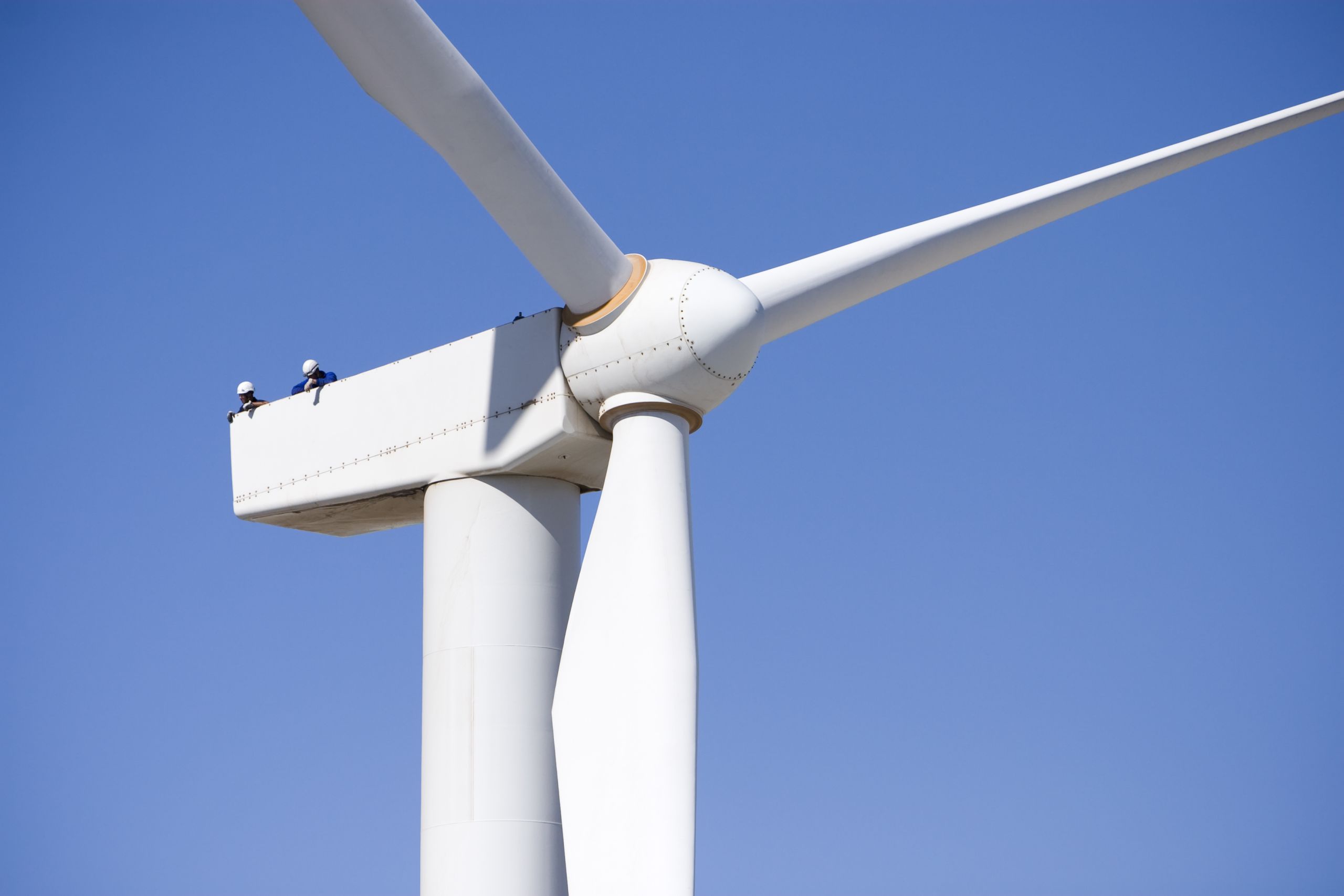

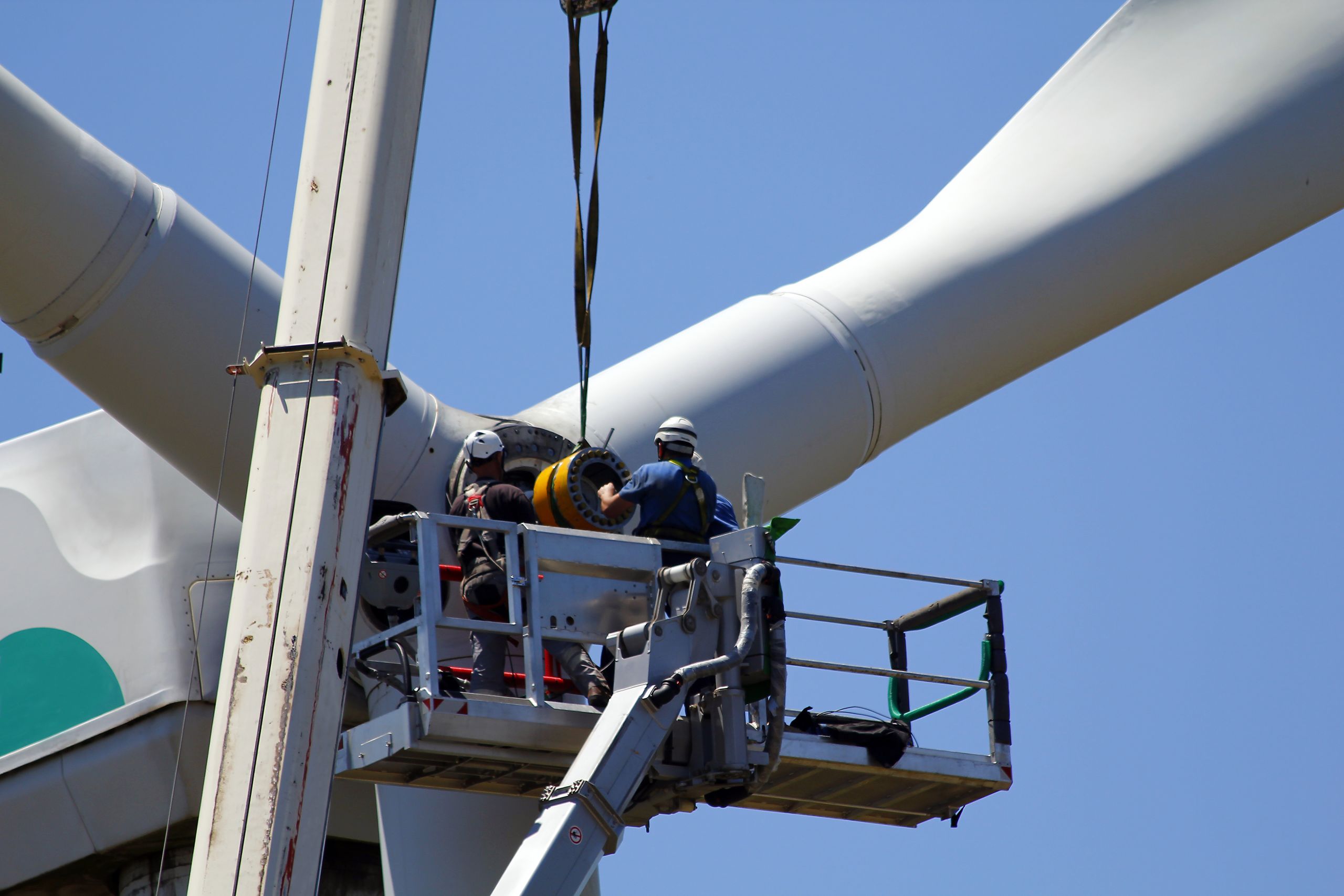
Getting serious about CO2 removal
Dr Clair Gough and Dr Andrew Welfle

COVID-19 update
If the UK is to meet its target to become net zero by 2050, rapid transition to low carbon energy technologies will be required. Although, to become truly net zero, the UK will also need mechanisms for generating negative emissions such as bioenergy with carbon capture and storage (BECCS), in order to compensate for the continuation of emission generating processes such as agriculture – where full decarbonisation will be hard to achieve. The COVID-19 pandemic and the resulting momentary dip in emissions due to reduced economic activity has potentially allowed time for policy makers to decide and commit to technologies such as bioenergy and BECCS, each providing options that may help to sustain UK industry, bring high-skilled jobs and support a low carbon economy.
Greenhouse gas removal (GGR) refers to a family of technologies and approaches which have the potential to extract greenhouse gases from the atmosphere, sometimes also called Negative Emissions Technologies (NETs). Almost all are directed at carbon dioxide removal (CDR).
Net zero introduces the concept of greenhouse gas removal. There are several ways in which this could be done but two approaches which could be used at scale in the near future make use of plant growth to lock up carbon, turning atmospheric CO2 into plant material (biomass):
Afforestation, where new forests are established and sequester carbon from the atmosphere as they grow; and energy from biomass with carbon capture and storage (BECCS), where biomass materials are used to generate bioenergy and the CO2 released during the combustion of biomass is captured and permanently stored underground. Using afforestration and/or BECCS as a method to draw down significant amounts of CO2 from the atmosphere is a relatively new strategy, and there remains much to be understood about how much they could contribute, how to measure and guarantee the amount of CO2 removed, and how to regulate and manage their use in climate change mitigation to ensure the overall result is a genuine and sustainable net zero.
- Ambitious mitigation is needed across all sectors to bring them as close to zero emissions as possible, as quickly as possible.
GGR does not reduce the imperative for ambitious and urgent emissions reductions, but may extend the benefits of doing so and could provide some flexibility for some ‘residual’ emissions to remain from sectors such as agriculture. GGR strategies could have big implications to how land is used and what we grow. GGR is uncertain and untested - its implementation will be a great challenge, even if its use is limited to removing CO2 equivalent to the emissions from only the most intransigent sectors, once all other options have been implemented.
"GGR does not reduce the imperative for ambitious and urgent emissions reductions."
- Better use of UK land and biomass resource opportunities could be achieved by incentivising the production of energy crops on available lands, mobilising waste and residue biomass resources from across all UK sectors and developing markets and supply chains that will fuel a UK bio-economy.
Whether it’s wood pellets imported from North America to generate power or oil crops imported from further afield to produce transport fuels, the UK’s large-scale bioenergy schemes are currently heavily reliant on imported biomass resources to balance fuel demands. The UK Government has strong ambitions to grow the UK bio-economy, targeting bioenergy to produce heat, power, transport fuels and advanced chemicals. More recently, this has included the addition of BECCS technologies as a strategy for generating large scale GGR to deliver the UK’s net zero emissions targets. Which all means that the UK’s reliance on imported biomass is only likely to increase further.
But this doesn’t need to be the case, as our research has demonstrated; the UK could generate as much as 44% of its total energy demands from bioenergy fuelled by UK biomass. This could be achieved; through better use of organic wastes from households, places of work and industry to be used to fuel bioenergy technologies; by mobilising unused residues and developing supply chains for resources such as straws and animal wastes abundantly generated by agricultural sectors; and through better use of land to produce dedicated energy crops alongside foods.
Developing the UK bioenergy sector, including the deployment of BECCS facilities, would create increased demands for wastes, residues and energy crops – these resources would then have increased value as fuel commodities as the market develops. The Common Agricultural Policy (CAP) has previously been highly influential in incentivising what land owners do and don’t produce on their lands – leaving the EU could provide the UK with an opportunity to rethink. Land owners could be incentivised to grow energy crops for bioenergy as part of their land management and crop rotation strategies.
- Establishing CCS in the five industrial clusters is critical to delivering CO2 removal through BECCS.
Producing enough sustainable biomass energy resources is only part of the story, delivering CO2 removal through BECCS will require facilities equipped to capture, transport and store CO2 (CCS). There is the potential to deploy CCS on power generation and industrial processes, and to generate hydrogen which could be used for heating or transport. Although the science and engineering are well established for CCS technologies, the infrastructure is not. Investment in the infrastructure to capture, transport and inject CO2 at suitable underground geological storage sites is needed. In the UK, the focus is on developing CCS at a number of CCS clusters – there are currently five potential clusters which have been identified as suitable locations to establish CCS technologies. One of the ‘grand challenges’ of the UK industrial strategy is to 'establish the world’s first net zero carbon industrial cluster by 2040 and at least one low-carbon cluster by 2030', a target brought forward to the mid-2020s in the Queen’s speech for the current Parliament. Delivering CCS, and hence BECCS, at the scale and speed necessary to meet the net zero target will require a stepping up of this ambition – to get the infrastructure, regulatory frameworks and business models established to bring the technologies to commercial deployment with a social license to operate.
- The UK needs an afforestation and sustainable forest management strategy.
"It’s not just about how many trees you plant, it’s about how you protect, manage and use them."
The large scale planting for trees or afforestation may be an obvious strategy for capturing carbon, it is a key commitment within the UK Government’s Clean Growth Strategy, and was a widely reported part of 2019 election manifestos of all main political UK parties with commitments varying from planting 30 million to 100 million trees a year!
But it’s not just about how many trees you plant, it’s about how you protect, manage and use them.
Newly planted forests can indeed remove significant amounts of CO2 from the atmosphere. However, as the forests mature, the rate of CO2 uptake will slow, and eventually when the trees start to die and decay, there will be a release of CO2 back to the atmosphere. Maintaining forests as part of a greenhouse gas removal strategy will require the majority of trees to be continually growing and taking up carbon. This may be achieved through sustainable forest management combined with BECCS technologies. For example, a management strategy where mature trees are harvested, used to generate bioenergy and the CO2 is captured and stored will not only lock up atmospheric CO2 permanently but will provide a source of low-carbon renewable energy and enable the growth of new trees to restart the cycle.
"Maintaining forests as part of a greenhouse gas removal strategy will require the majority of trees to be continually growing and taking up carbon."
Any UK GGR strategies using afforestation and BECCS need to bring together and link all government departments and agencies that cover forestry, energy and industry to develop robust biomass resource supply chains, to deploy BECCS technologies, and to install the required infrastructure to ensure the UK system generates genuine net reductions over the many decades to come.
Dr Clair Gough is a Senior Research Fellow at The University of Manchester, and has been part of the Tyndall Centre for Climate Change Research since its inception 20 years ago.
Dr Andrew Welfle is a Research Fellow at The University of Manchester, based in the Tyndall Centre for Climate Change Research.

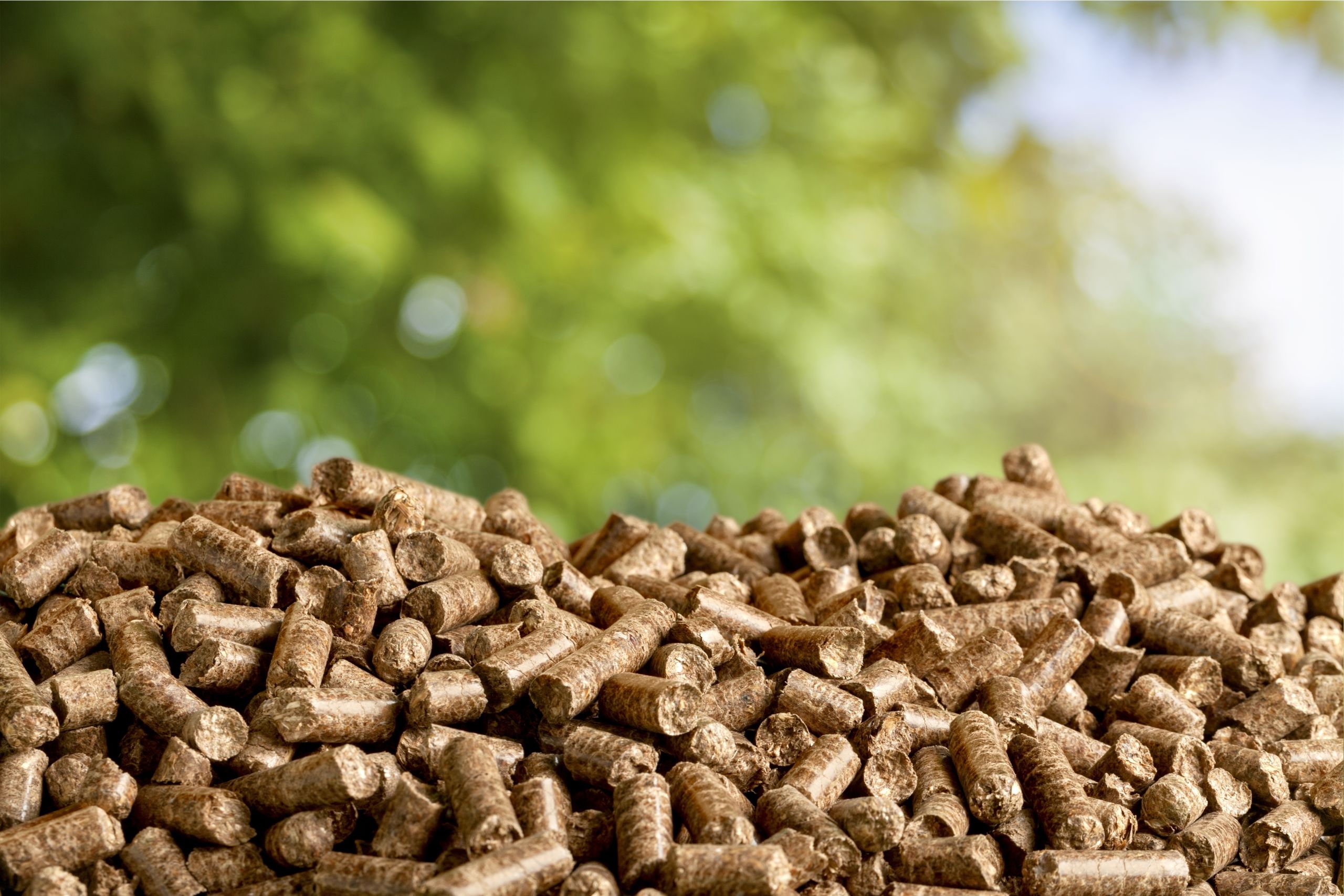

Fixing the food chain; accountability in emissions
A necessary first step towards fairly rewarding and incentivising best practice
Professor Sarah Bridle
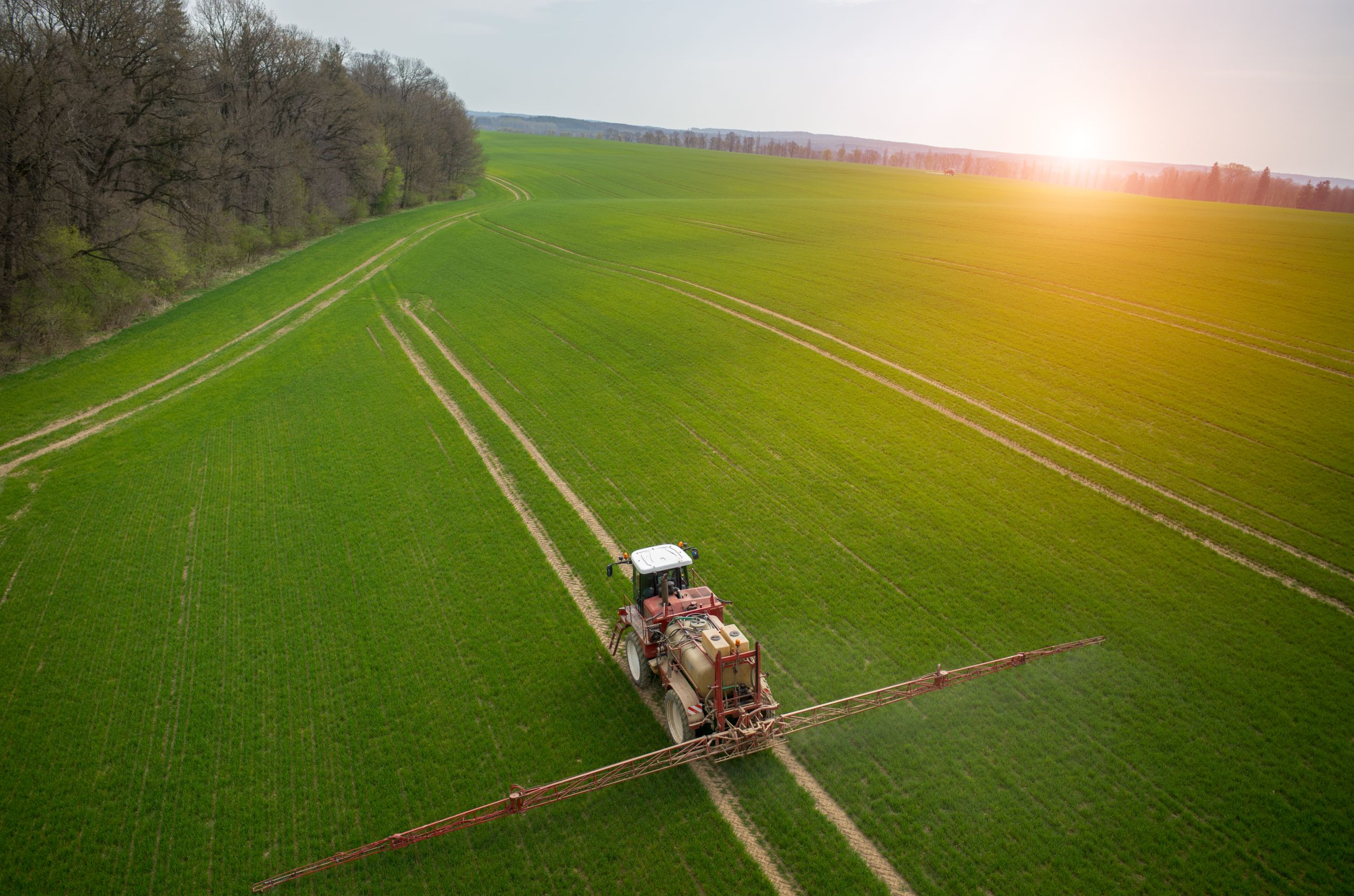
COVID-19 update
COVID-19 has changed the way most people eat, and heightened interest in self-sufficiency and the environment from both citizens and government. It has created challenges for food producers due to travel and social distancing restrictions, and created economic disruption that will last beyond the pandemic itself. Meanwhile the climate continues to change, and increases the threat of compounding shocks to the food system, such as droughts and wildfires.
Data science has enabled us to optimize our food system, with just-in-time sourcing from across the world, but the resulting fragility has now been exposed for all to see. To move forward, we need to use these same tools for a new end as part of a green recovery: a quantitative model of the food system, that can be stress-tested for resilience. To mitigate against future climate-induced shocks we need to quantify our food emissions and incentivise change, as described in the article below, where data science is used to provide consumers with more trusted information. A new mode of collaboration is required across government departments, academia and industry to join up economic and environmental metrics within the quantitative systems model and thus allow us to simultaneously address resilience and climate change.
Food causes about a quarter of all greenhouse gas emissions, due mostly to forest clearance for agriculture, methane from animal burps and manure, and nitrous oxide emissions from fertiliser application on crops. The rising population, as well as a shift towards more emissions-intensive foods, mean that food is expected to produce 70% more greenhouse gas emissions in 2050 compared to today. Furthermore, because the majority of food emissions don’t come from fossil fuels, the more we switch to clean energy sources, the larger the proportion of our emissions will come from food in the future.
Different food choices have very different climate impacts; for example, steak causes more than ten times the emissions of beans. Dietary choices have great potential to reduce emissions. The last couple of years have seen a marked increase in media and public interest in the contribution of food to climate change. However, the discussion often polarises quickly, casting vegans against farmers, and places the burden of responsibility on the consumer. Meanwhile, rational analysis of food emissions data often gets left by the wayside. The current interest provides a window of opportunity to put in place a path to providing quality information and financial incentives that help and reward consumers and food producers who make climate-friendly choices.
"The discussion often polarises quickly, casting vegans against farmers, and places the burden of responsibility on the consumer."
Even for a single type of food, there can be a significant variation in climate impact, depending on how that food is produced. For example; beef from cows reared on freshly deforested land can be responsible for 20 times the emissions of beef from an efficient dairy herd; air-freighted asparagus causes 6 times more emissions than its local seasonal counterpart. At the same time, issues of wide concern among the public, such as food miles and packaging, often have a much lower climate impact than the foods themselves.
How are consumers and producers supposed to make decisions?
In 2007, the UK supermarket Tesco announced an ambitious plan to publish emissions for all its products, and produced a document containing about 1,000 footprints that is still referred to today. However, the consumer demand for this information was not sufficient to sustain the programme on this voluntary basis. Meanwhile technology has improved rapidly. Carbon footprinting is now carried out routinely using programmes like Cool Farm Tool, although the results are usually not available to the public.
Combining new technology, consumer interest, and the urgency of reducing emissions, the time has come for mandatory food emissions labelling and appropriate support to help food producers to carry this out. Each food item should be labelled with the amount of greenhouse gas emissions emitted in its production, just as each food packet is currently labelled with nutrition information. With this information readily available, technology such as smartphone apps can help consumers put the numbers into context.
- To support national mitigation measures, a climate literacy programme in schools would empower children to add up the emissions from different activities, including food. This would enable them to become familiar with typical numbers and gain intuition about the main sources of emissions, influencing their dietary behaviour and choices at the formative stages of their lives.
Traffic light colour coding has been important in helping consumers interpret the nutritional information on packets, and has been proposed for emissions. Some might argue that consumers don’t understand traffic light coding and are already overwhelmed by information, especially considering the short time it takes for each decision to put an item into a food basket. However, emissions labelling has many benefits, even if the consumers never look at the labels when purchasing.
Recently, the traffic light thresholds were changed for sugar, which meant that some products which previously had an amber light would instead get a red light. However, industry quickly reformulated to reduce the amount of sugar in their products, and so avoided getting a red light, thus reducing the sugar intake of consumers. In other words, food producers care enough about the traffic lights to impact their practices. With mandatory emissions labelling, food producers would get to see a breakdown of how their methods contribute to emissions, and can focus their mitigation efforts on the hotspots. Furthermore, current best producers would be rewarded for their efforts, further incentivising to changes to better practice.
"Emissions labelling has many benefits, even if the customers never look at the labels when purchasing."
Ultimately emissions need to be reflected in food prices, and the fairest system would be based on established, standardised, mandatory emissions labelling, regulated by government (it is important that this is regulated by the government to avoid a proliferation of confusing and potentially misleading schemes). This would offer the opportunity to improve health and food fairness at the same time as reducing emissions, for example by the concurrent taxation of the highest emissions foods, while subsidising healthy foods such as vegetables.
Although some of the most environmentally friendly companies are already providing food emissions information such as Quorn and Oatly, this is never going to happen for the most problematic products without a mandatory scheme.
- Proper quantification of food consumption emissions is an essential first step in a responsible emissions reduction programme. Policymakers and industry must develop and implement clear guidelines and accountability for the labelling of food and the associated emissions to ensure consumers can make informed choices about their consumption.
Sarah Bridle is Principal Investigator of the GGDOT Greenhouse Gas and Dietary choices Open-source Toolkit.


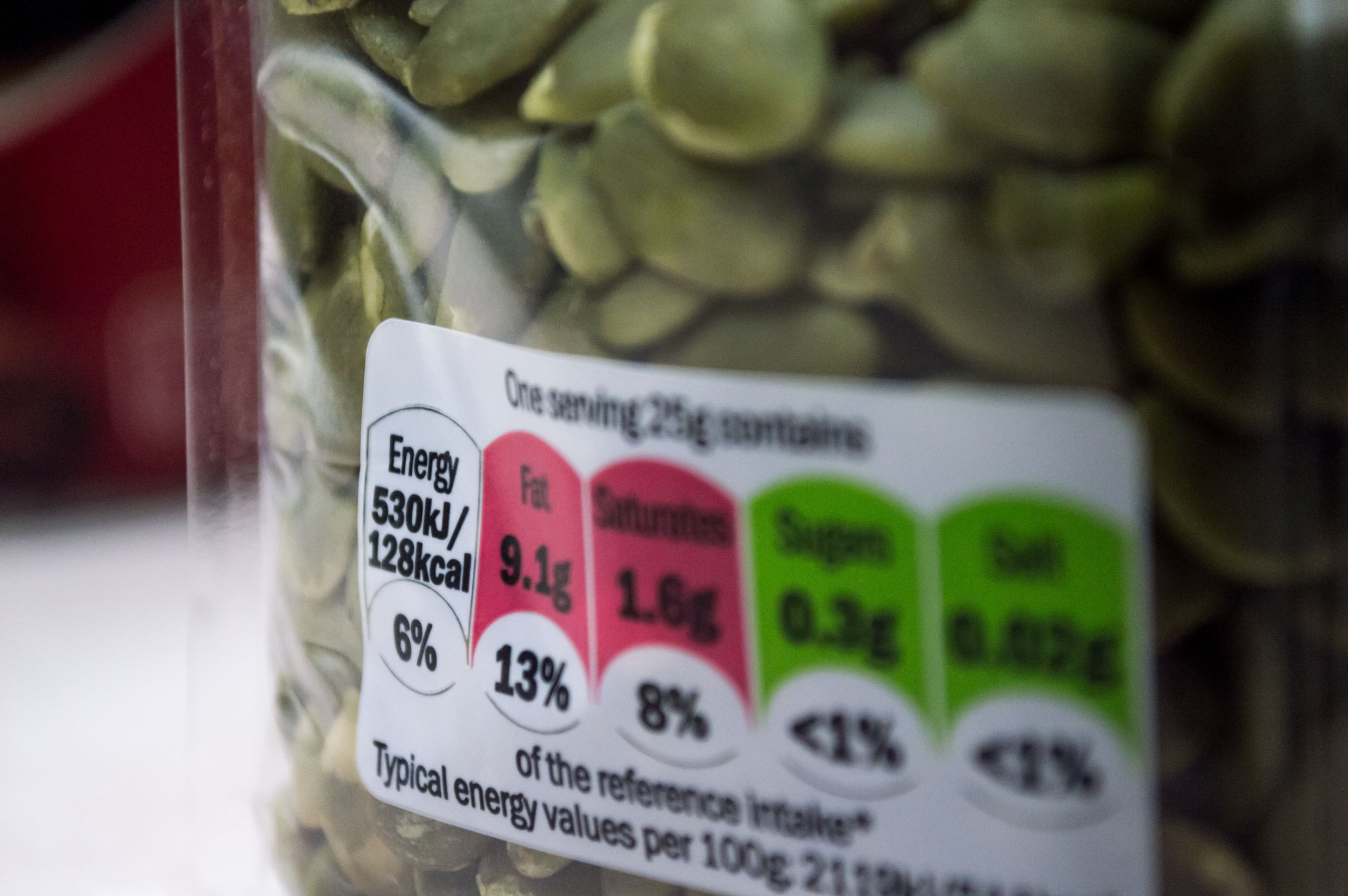
Everyday water demand
How to reduce emissions in unseen sectors
Dr Claire Hoolohan and Dr Alison Browne

COVID-19 update
There are many interactions between everyday water use and COVID-19; from concerns about access to water to increase hygiene and control viral spread, to general concerns about high levels of domestic water use while people are home during the summer months, to potential for tracing community infections through sewer surveillance. Though evidence of these trends is beginning to emerge, there are important blind-spots in our understanding of how and why demand is changing during the pandemic. There is a need for substantial investment in qualitative and mixed-method research to understand how and why the changes we’re observing are happening and how people’s experiences of the pandemic impact differently on water demand. These insights are essential evidence to support appropriate policy interventions
The 2015 Paris Agreement pledges to keep the global rise in average temperature ‘well below 2°C and pursue efforts to limit it to 1.5°C’, requiring action aligned with stringent emission reduction targets in every aspect of everyday life. Electricity, heat, and transport often take centre stage, yet water is the UK’s fourth most energy-intensive sector and hot water is a substantial contributor to residential energy demand. Stepping away from energy to think about water demand helps to consider how we reduce emissions in every aspect of daily life.
The average daily water consumption per person across the UK is around 140 litres; well above that which is sustainable in a changing climate. The challenge of reducing personal water use is often seen to be addressed with building and appliance standards, water efficiency devices and water meters. However, it is not buildings that use water but the people who live in them, and technological fixes are only part of the solution.
"The average daily water consumption per person across the UK is around 140 litres; well above that which is sustainable in a changing climate."
In order to reduce demand, we need to change how water is used. This requires recognition of the diverse practices of people throughout the UK, and how these relate to broader cultural and material developments in society. Here, we examine these issues, and consider their implications for demand management.
Understanding demand
Presently, micro-component approaches are popular methods to estimate water demand, despite telling us little about how water is used. Such approaches calculate the number of appliances in a home, their flow rate and approximate demand using average frequency and duration of their use. However, this approach does not capture the variety of actual water use associated with personal practices, nor does it provide the understanding needed to enable demand reduction.
Although for many people showering once daily is normal, many people shower much more and much less frequently, and there is great variation in the duration of a shower. This makes it difficult to estimate how much water will be used once a home is occupied, but more importantly tells us nothing about why people use water; whether people shower to get clean, or for other reasons such as caring for aching bodies or getting ready for the day ahead.
- Everyday routines and the wider infrastructural and social developments that sustain them need to change. There is a need for better methods to understand water use, and a broader set of indicators to monitor change for government to enable this.
As part of this, UK Government should make better use of research that evidences the diverse ways in which people, rather than appliances and homes, use water, and particularly research from the social sciences that demonstrates the complex and interconnected ways in which water is embedded in daily routines. Without this understanding, it is difficult to conceive of ways that water might be disconnected from the services it provides, and hard to imagine alternative ways of accessing water.
Instead, attention is focussed on micro-components; taps, showers, washing machines and toilets. It is unsurprising then that water efficiency labelling is heralded a saviour of water scarcity. But there are no silver bullets here. Though labelling could be used to regulate the manufacture and retail of appliances, relying on consumers to make water efficient choices is presumptuous and fails to acknowledge the wider social and material developments in which everyday demand is entrenched.
"Relying on consumers to make water efficient choices is presumptuous and fails to acknowledge the wider social and material developments in which everyday demand is entrenched."
Water-sensitive design
Once we recognise how water is embedded in everyday routine, the social and material developments to which it relates also become more apparent. There are existing strategies that aim to reconfigure routines by engaging in the design and use of our homes, such as water-sensitive garden, kitchen and bathroom design.
Water-sensitive gardens, such as the Royal Horticultural Society Gardening for a Changing Climate, are those planted in a way that is attuned to the UK’s seasonal weather patterns. Recognising the different ways in which people use outdoor spaces, we can reduce water demand by replacing the hegemonic lawn with water-sensitive plants or other aspects such as social spaces and play spaces, allowing people the same enjoyment of outdoor spaces without the water use.
Similarly, water-sensitive kitchens and bathrooms go beyond water efficiency to consider the material design of these rooms and how they are used. In a water-sensitive bathroom, the shower might be replaced by a splash wash or a tilting bathtub, and the toilet fitted with a sink-to-cistern connection or replaced by an air-flushing unit. These solutions diversify bathroom spaces, better accommodating routines while decoupling comfort and hygiene from water use.
- A realistic government objective would be to support the normalisation and popularisation of these design practices by engaging with manufacturers, designers, home improvement retailers and the media. Part of this could focus on housing regulations being expanded to include mandatory water-sensitive utilities in all new builds.
Challenging trends
Aside from material design, there are important social and relational factors that affect water demand. Qualitative research highlights the implications of people’s work-life commitments for water demand. For example, our employment often comes with a dress code, whether formalised in uniforms or codes of conduct, or through implicit, expectations of appropriate conduct. For many people, dress codes contribute to increasing the volume of laundry, and most commonly these laundering practices take place in the home.
What if we were to challenge dress codes, social expectations, or the assumption that laundry is best taken care of at home? Rather than trying to persuade people to wear clothes more before they’re washed and fill their machines to their fullest, challenging these ‘taken for granted’ assumptions opens up further pathways for intervention. Working with employers and the fashion industry to redesign workplace attire (eg CoolBiz, Japan), shifting social norms to create space for more casual clothing in the workplace, or implementing laundry service programmes within uniformed industries all offer possibilities for large-scale demand reduction.
- The UK Government should recognise and expand their sphere of influence, recognising the limits of working directly with consumers, and instead examining how policy might direct the actions of intermediary organisations (eg clothing designers, the fashion industry, large employers etc.) to confront unsustainable trends in water use in order to reduce demand at scale.
Confronting routines, and the social and material developments with which they evolve, fractures unsustainable trends in water use, offering the prospect of deeper, more systemic modes of intervention. Normalising and popularising such solutions requires diverse partnerships and close collaborative relationships; however, given the possibility of such initiatives in reducing water demand at scale, they should be pursued.
Tools to enable sustainable patterns of water use
"The challenge is recognising the diversity of demand in a world accustomed to averages."
Along with population growth, societies' rising expectations around cleanliness and comfort will increase demand for water, whilst climate change threatens the security of supplies. The potential for water deficits is most acute in London and the south east, but growing differences between available water and demand mean that water scarcity may be felt through many regions of the UK by mid-century.
The challenge is recognising the diversity of demand in a world accustomed to averages. Our Change Points toolkit, designed with a team of policy, business, and charitable organisations, enables different patterns of water use to be identified along with the connections between personal practices and wider social and material developments. From there it is possible to develop novel ways of reducing water demand aligned with net zero commitments and avoid overcommitting to incremental models of water efficiency.
Dr Claire Hoolohan is a Presidential Research Fellow at the Tyndall Centre for Climate Change Research at The University of Manchester.
Dr Alison Browne is a Senior Lecturer in Human Geography at the Sustainable Consumption Institute at The University of Manchester.
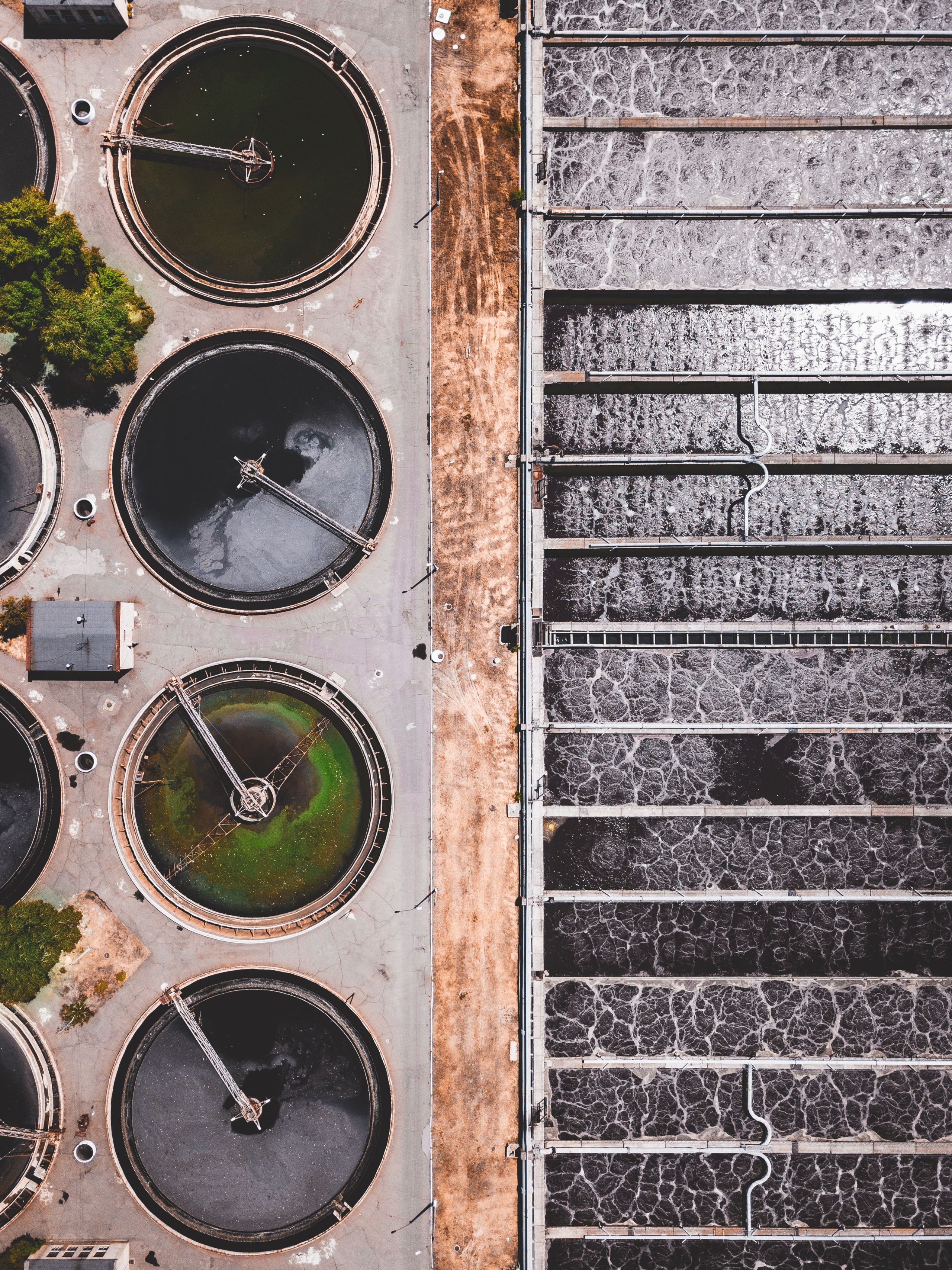


Energy equity in the drive for Net Zero
Professor Stefan Bouzarovski and Professor Stephanie Pincetl
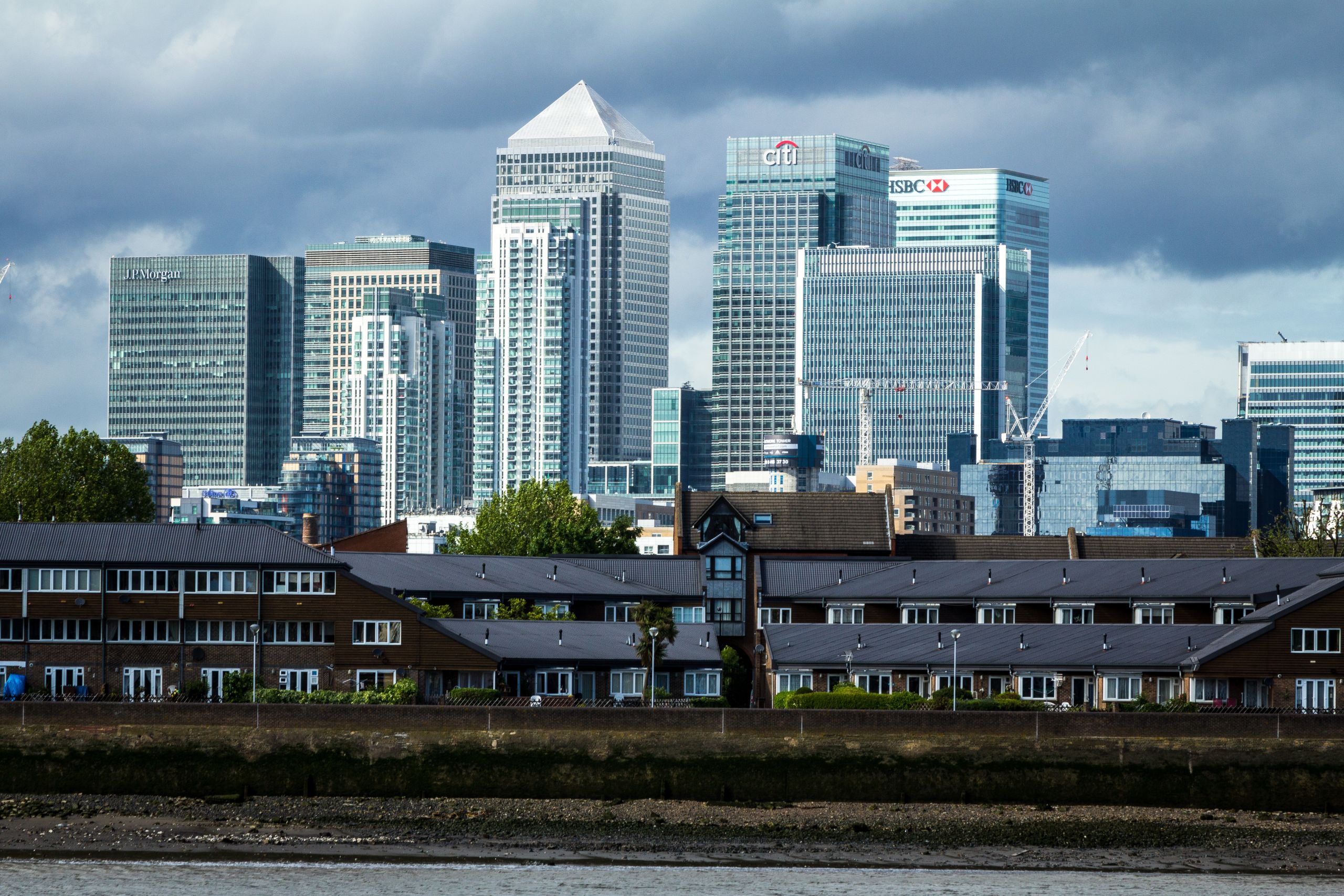
COVID-19 update
The COVID-19 crisis has significantly impacted energy use across the world. Against the background of an overall fall in energy demand due to decreases in economic activity, there has been a rise in residential energy use due to increased home working, unemployment and lockdowns. Households vulnerable to fuel poverty and domestic energy deprivation have become more precarious due to income reductions, lack of access to needed infrastructure, and rising energy needs. As always, energy efficiency improvements, disconnection bans as well as improved energy management and social services remain key to addressing both energy poverty and sustainability challenges.
We often hear the phrase ‘no one must be left behind’ in the movement towards a climate friendly future. Low-carbon initiatives, including net zero policies, should take into account existing social and economic inequalities, while ensuring that disadvantaged people are adequately represented and supported.
Climate policies, however, require deep reconfigurations of socio-economic patterns of energy supply and demand. The resulting ‘energy transition’ has been shown to impact household and community welfare. Key levers include changes in prices, shifts in the nature of energy demand, and variations in the availability of particular resources. Also of relevance is the uneven development of regional and urban landscapes, as a result of the decline of particular forms of energy production and transport, and the rise of others.
Not only can climate policies transform existing inequalities, but they may also create new ones as they unfold. Recent international research argues that energy transitions may adversely affect the social, economic and political vulnerability of actors involved in and affected by the process; from individual households to entire states. Thus vulnerability to domestic energy deprivation cannot be considered as a household issue, but rather a phenomenon that is distributed throughout the ‘energy chain’.
"Not only can climate policies transform existing inequalities, but they may also create new ones as they unfold."
How might low-carbon policies, including net zero, help or reshape existing energy inequalities? Energy efficiency measures such as improving the energy efficiency of building fabric, heating systems, and appliances have been shown time and again to be the most effective way of addressing energy poverty across the board; yet poorly implemented do very little. This requires a well-trained workforce. Systematic residential energy efficiency policies can help address the dual objectives of reducing energy poverty and addressing climate change. It is also, potentially, a strong generator of skilled jobs. In order to achieve this, however, there is a need for comprehensive and effective energy retrofits involving entire residential buildings, homes and districts, as well as workforce training.
"Systematic residential energy efficiency policies can help address both climate change and the reduction of energy poverty."
Energy efficiency and market transformation
As evidenced by recent research for the European Social Platform, in order to benefit low income households, energy efficiency investment needs to be accompanied by policies of ‘market transformation.’ These include a combination of voluntary and compulsory steps such as standards, labels, incentives, and research and development. In all of this, it is important for expenditure on energy efficiency measures to be linked to the householder, mainly via easily accessible grants and subsidies. At the same time, the scale of the transformation required raises questions about the reliance on the individual householder, household by household, voluntarily applying for and implementing programs. Additional strategies may be necessary to achieve the required changes.
More broadly, addressing climate change as a cause of energy inequalities requires measures beyond taxation, through a careful consideration of the kinds of populations that are recognised as worthy of redistributed income, and the procedures through which households and communities can access assistance.
Investing in public transport and targeting vulnerable households – particularly in highly vulnerable rural and inner-city areas that have seen previous cuts in public spending – can offset the regressive short-term distributional effects of carbon taxation. This can include state programs to simply implement needed retrofits, funded through carbon taxes.
An initiative that seeks to address energy inequalities in the context of low-carbon transitions is the POWER-TY project. POWER-TY is tasked with developing conceptual approaches and methodological frameworks, seeking to increase the use of renewable energies among socially-vulnerable groups. The project will develop a complete learning process to facilitate effective knowledge flows among European regions, building on the skills of six partner organizations, principally government agencies, with varying degrees of expertise and regulatory competence. For the next three years, this project will identify more than best practice measures to mitigate the causal link between climate change and energy inequality, accompanied by the organization of fifty bottom-up events with relevant stakeholders. This will lead to the development of five Regional Action Plans covering regions inhabited by upwards of 25 million people.
- Building on the model of the POWER-TY project, regional action plans should be developed across the UK to address and increase the uptake of renewable energies among socially vulnerable populations.
Under sourced communities in California
Concurrently, the state of California has been funding projects to incentivise transformations in under sourced communities, funded by cap and trade revenues and state funding. These are largely grant programmes used to implement in-fill affordable housing to reduce automobile dependency, electric vehicle infrastructure in under-sourced communities, as well as collaborative projects with university researchers. The California Center for Sustainable Communities at UCLA, is currently working on two such projects funded by the California State Energy Commission. One involves deploying an Advanced Energy Community (AEC) project, where working with expert technical partners and community-based organizations, the centre will be constructing a community solar and battery storage project in East Los Angeles, an area that is predominantly Latinx and low income. The project is in Los Angeles County, an unincorporated area, generally resulting in weak political representation as each of the County Supervisors, which are equivalent to a UK combined authority, represent over 2 million people.
The project has multiple aspects:
- Free energy efficiency building upgrades, excluding doors and windows.
- Community solar built on the local mega-church.
- Battery storage for peak load shaving and/or power in an emergency where the church will serve as a community shelter/resources.
- Virtual net metering enables everyone in the project to participate in solar energy, without having to have panels installed on their roofs. This is particularly important for renters.
Total funding is a combination of state monies, grants outside of the awarded AEC project, and private capital that will be repaid through energy savings and rate payer use of electricity. Big data enables an understanding of energy trends over time and space, including differences in consumption amongst residents, the ways in which housing size and age may impact that consumption, as well as income and climate. Science is implemented in the public interest through working with local communities in under-sourced areas, with regulators and other policymakers in the state to participate and accelerate a just energy transition.
- The UK must retrofit and improve the sustainability of our housing stock in this manner. MCHLG and BEIS can learn from the model of the The California Center for Sustainable Communities.
"Appropriate planning, economic development and public engagement frameworks must be developed to ensure the broader structural problems surrounding energy inequalities can be dealt with."
The need for considering socially-related energy inequalities in climate transformation policies, including net zero, has been highlighted using examples from across Europe and North America. Appropriate planning, economic development and public engagement frameworks must be developed to ensure the broader structural problems surrounding energy inequalities can be dealt with in a systematic and comprehensive manner, alongside targeted policies to support the low-carbon transition.
Stefan Bouzarovski is Professor of Human Geography at The University of Manchester, where he leads the Manchester Urban Institute’s People and Energy Programme.
Dr Stephanie Pincetl is Professor-in-Residence at the UCLA Institute of the Environment and Sustainability. She was recently awarded the Distinguished Fulbright Chair in Geography at The University of Manchester.


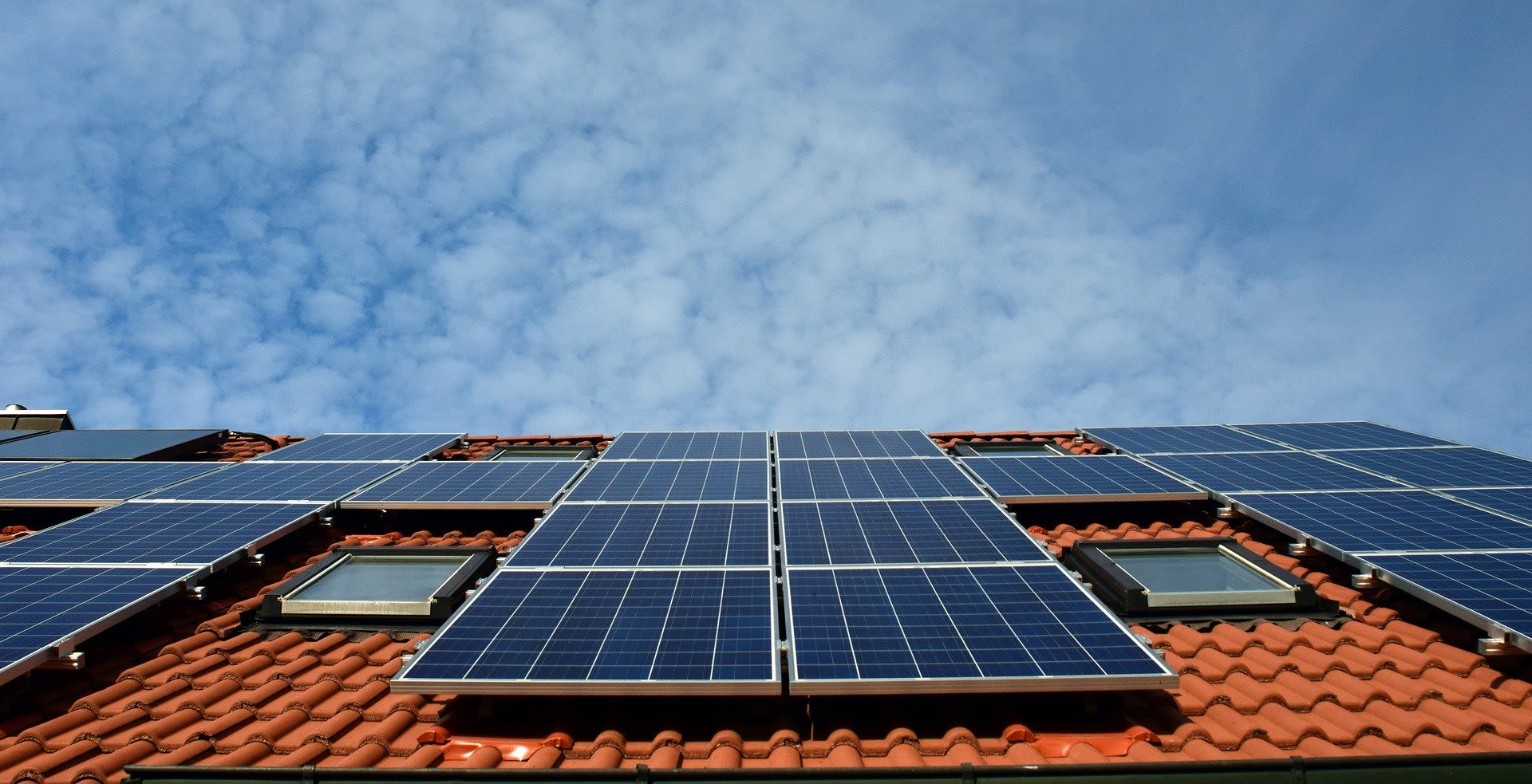
With special thanks to our contributors:
Mike Barnes is a Professor in the Power & Energy Division in the Department of Electrical and Electronic Engineering. He has developed research interests in High Voltage DC Transmission, Offshore Wind Energy and Flexible AC Transmission Systems. He is an Editor of the IEEE Transactions on Energy Conversion.
Joe Blakey is a Lecturer in Geography whose research explores the relation between space, politics and accounting. His present research considers the role of carbon accounting in shaping decarbonisation politics.
Stefan Bouzarovski is Professor of Human Geography at The University of Manchester, where he leads the Manchester Urban Institute’s People and Energy Programme. He is also Chair of the EU Energy Poverty Observatory and the COST ENGAGER Action
Sarah Bridle is PI of the GGDOT Greenhouse Gas and Dietary choices Open-source Toolkit and author of Food and Climate Change -- Without the Hot Air, to be published by UIT Cambridge in May 2020.
Dr John Broderick is a lecturer in energy and climate change in the School of Engineering at The University of Manchester.
Dr Alison Browne is a Senior Lecturer in Human Geography at the Sustainable Consumption Institute at The University of Manchester. Alison works on the social, performative and material dynamics of everyday life related to water, energy, water-energy-food nexus and plastic waste. In a mixed methodological and transdisciplinary way she plays with ideas of how such everyday practices come to be disrupted, changed and governed in the context of climatic and global environmental change.
Dr Clair Gough is a Senior Research Fellow at The University of Manchester. Clair has been part of the Tyndall Centre for Climate Change Research since its inception 20 years ago, where her research has focused on integrated assessment of carbon dioxide capture and storage.
Dr Claire Hoolohan is a Presidential Research Fellow at the Tyndall Centre for Climate Change Research at The University of Manchester. She is a social scientist working with social practice theories in the field of sustainable production and consumption. Her research explores the social dimensions of global challenges such as climate change adaptation and mitigation, low-carbon food and water use.
Alice Larkin is Professor in Climate Change and Energy Policy as part of the Tyndall Centre for Climate Change Research. She is Head of the School of Engineering at The University of Manchester.
Professor Carly McLachlan is the Director of Tyndall Manchester, one of the founding partners of the Tyndall Centre for Climate Change Research established in 2000 to provide interdisciplinary and policy relevant research.
Matthew Paterson is Professor of International Politics at The University of Manchester, and Research Director of the Sustainable Consumption Institute. His research and teaching focuses on environmental politics, especially climate change politics. Principally, on global climate governance, the political economy of climate, and the cultural politics of climate change.
Dr Patsy Perry is Senior Lecturer in Fashion Marketing in the Department of Materials and teaches students on BSc and MSc fashion business programmes in subjects relating to fashion marketing, supply chain management and sustainability. Her expertise includes the environmental and social impacts of fashion and her work has been published in academic journals and books, as well as featured in the press and broadcast media.
Dr Stephanie Pincetl is Professor-in-Residence at the UCLA Institute of the Environment and Sustainability and Founding Director of the California Center for Sustainable Communities at UCLA. She was recently awarded the Distinguished Fulbright Chair in Geography at The University of Manchester. Her work studies building energy use, particularly electricity and natural gas. While in Manchester, she will develop an analysis of its goal to become carbon neutral by 2038, building on the work she has conducted in Los Angeles.
Richard Taylor is BNFL chair in Nuclear Energy Systems at The University of Manchester’s Dalton Nuclear Institute. He was previously the Chief Engineer of the UK’s National Nuclear Laboratory. Richard has over 30 years of experience within the UK nuclear industry. He is a professional engineer with a background in the design, construction and commissioning of nuclear facilities. Richard is a co-founder of The Beam nuclear and social research network.
Andrew Welfle is a Research Fellow at The University of Manchester, based in Tyndall Centre for Climate Change Research and is a Topic Representative for the UK Supergen Bioenergy Hub research programme.
#NetZero
The opinions and views expressed in this publication are those of the respective authors and do not necessarily reflect the views of The University of Manchester.
March 2020
The University of Manchester
Oxford Road, Manchester
M13 9PL
www.manchester.ac.uk
